When automotive manufactures release new performance cars, it’s always intriguing to speculate whether they will go down in history with classic status. The formula for what constitutes a modern car turning into an icon later down the track includes: timeless design ques, great sounding motor, revered driving dynamics, and an emotional spasm after each drive. Low build numbers and sales volume also seem to add to this equation.
It’s interesting to note that sports cars which hit cult status years and sometimes even decades after their introduction are occasionally not as well praised upon initial release. Take for example Honda’s original first-generation NSX and DC2 Integra Type R; although the former did change the automotive world when it debuted. The original NSX packed an all aluminium body, everyday practicality and most importantly – offered paranoia free reliability during a period when owners of other supercar models (particularly those with prancing horse and raging bull emblems) justified this flaw as "character". Despite the positives, the NSX was priced just too high. Honda’s solution for car enthusiasts wanting a reasonably priced, raw, great sounding, razor handling and emotional driver’s car came in the form of their second ever model to recieve a Type R badge; the DC2 Integra Type R. However, upon its release to the wider market outside of Japan, only a minority appreciated its ethos – with the greater demographic criticising the track-inspired Integra for being too harsh. With all these factors in mind, it was no surprise that the NSX and DC2 Integra Type R sold in low volumes outside of Japan – with the effect further amplified in Australia.
27 years on from the NSX’s Australian 1990 release has seen a paradigm shift in today’s modern era. The same can be said about the DC2 Integra Type R – which was released locally in 1999, some 18 years ago. With the lack of emotional and reasonably priced driver cars offered by automotive manufactures over the last ten or so years, both the NSX and DC2 Type R’s floodgates were opened to a new generation. The original drawbacks of these cars are now viewed as their forte – resulting in both cars now hitting modern classic status (a highly acclaimed automobile which has not aged enough to be considered a classic but has gained momentum to be considered one in today’s climate). A car’s age and price traditionally slopes down the same line but next time you’re reading the weekly classifieds, see if you can spot a listing for an immaculate and low mileage NSX or DC2 Integra Type R. Be prepared to fall over when you see the digits after the dollar sign which most sellers advertise for – and indeed do sell at.
The 2017 Honda NSX and FK8 Civic Type R are two models I’m placing my chips on to go down in history as classics. When I got wind that Nordic Honda here in Adelaide had both of these proud models on their showroom floor, a visit to the flagship Honda dealer was solidified. It’s not everyday you get to see both examples – in their hero colour of white – sat together, so I arrived armed with my DSLR in hand.

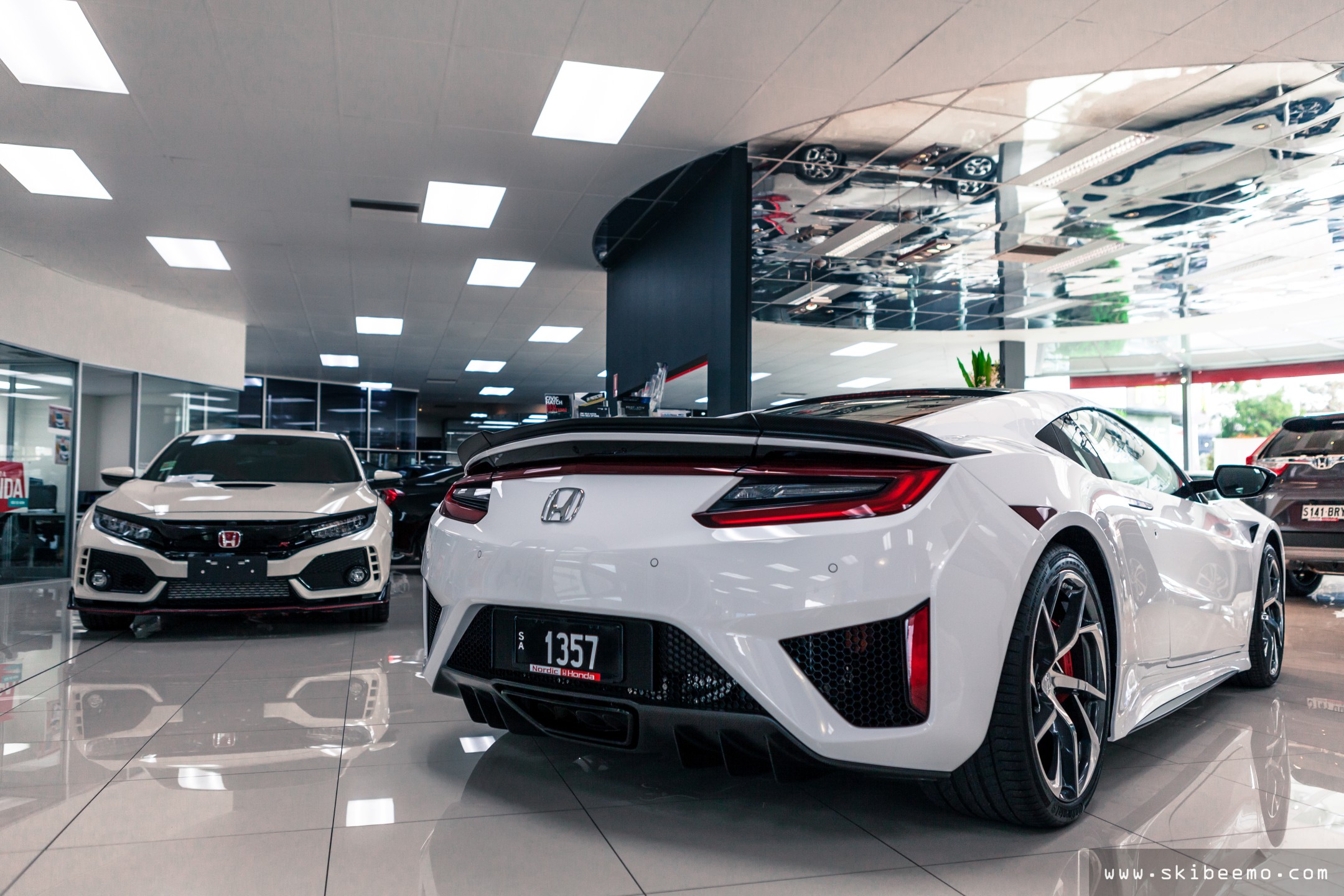
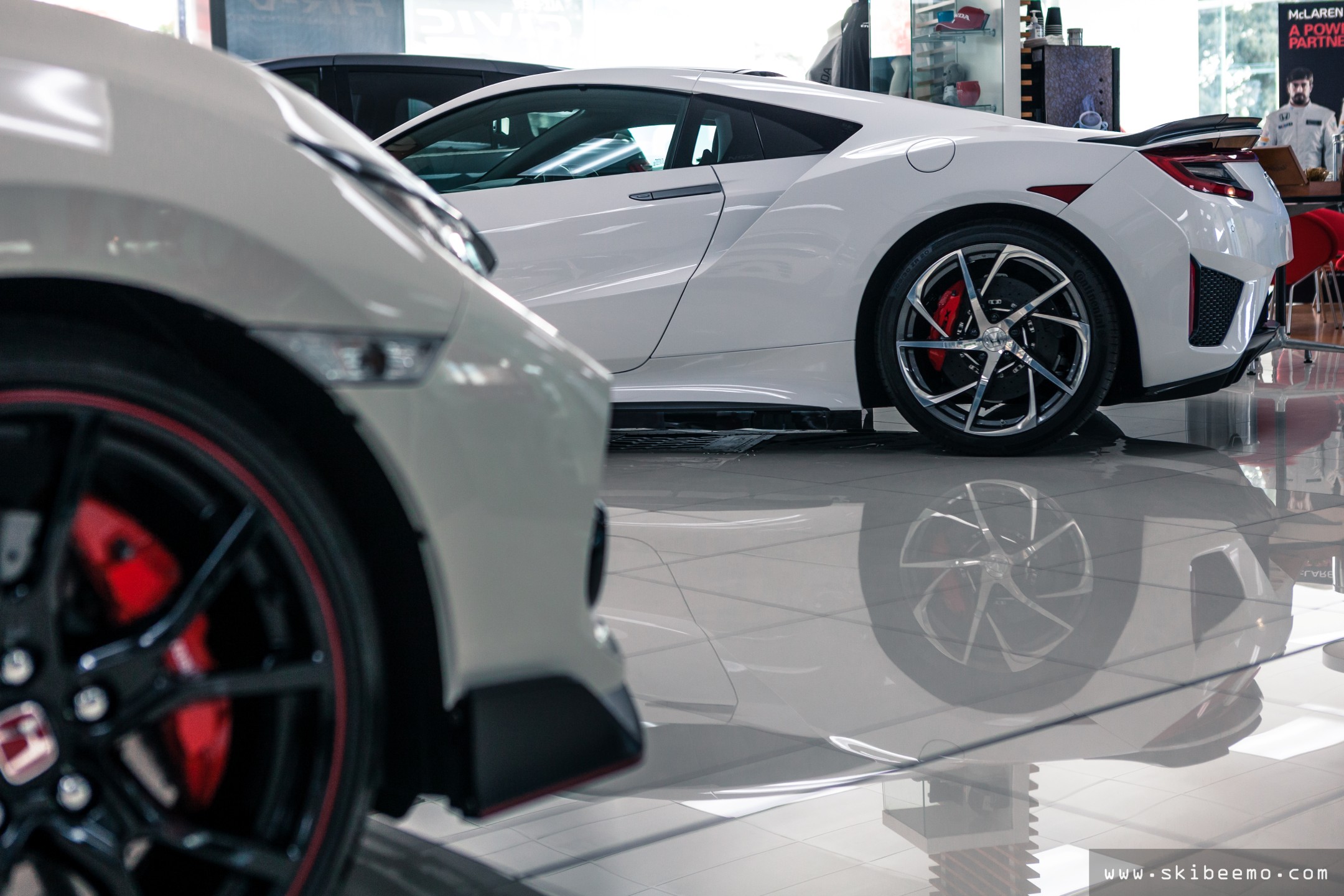
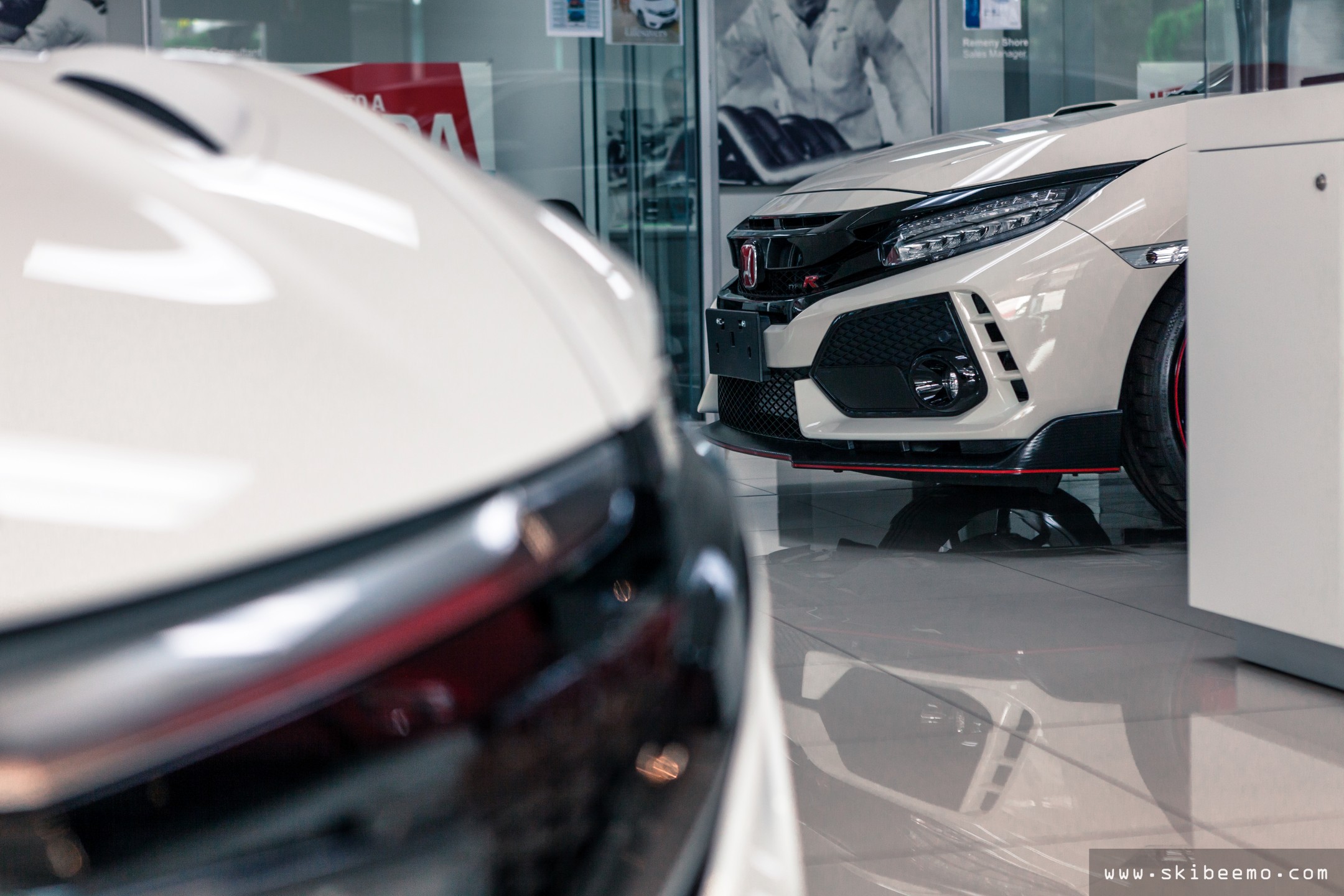
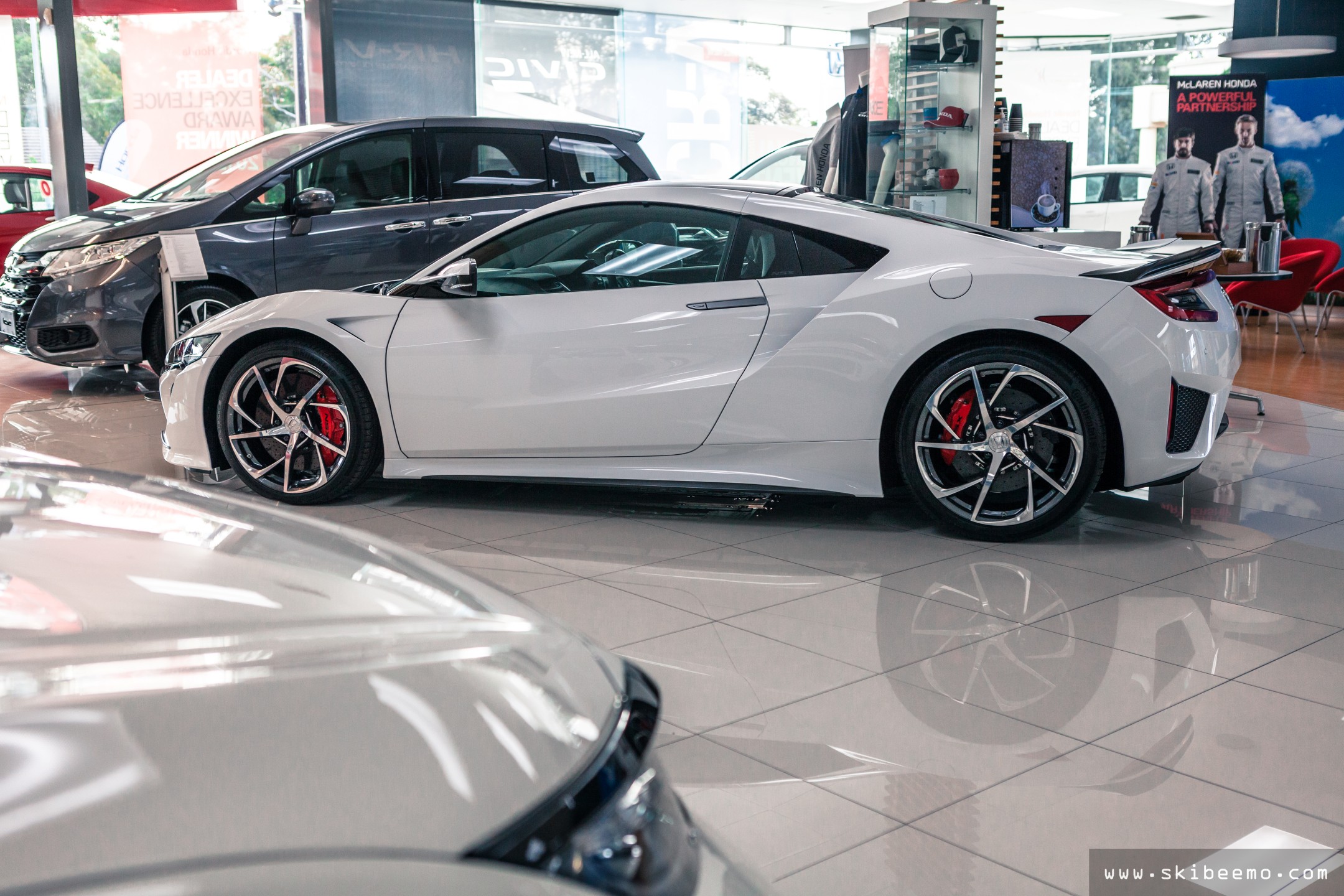
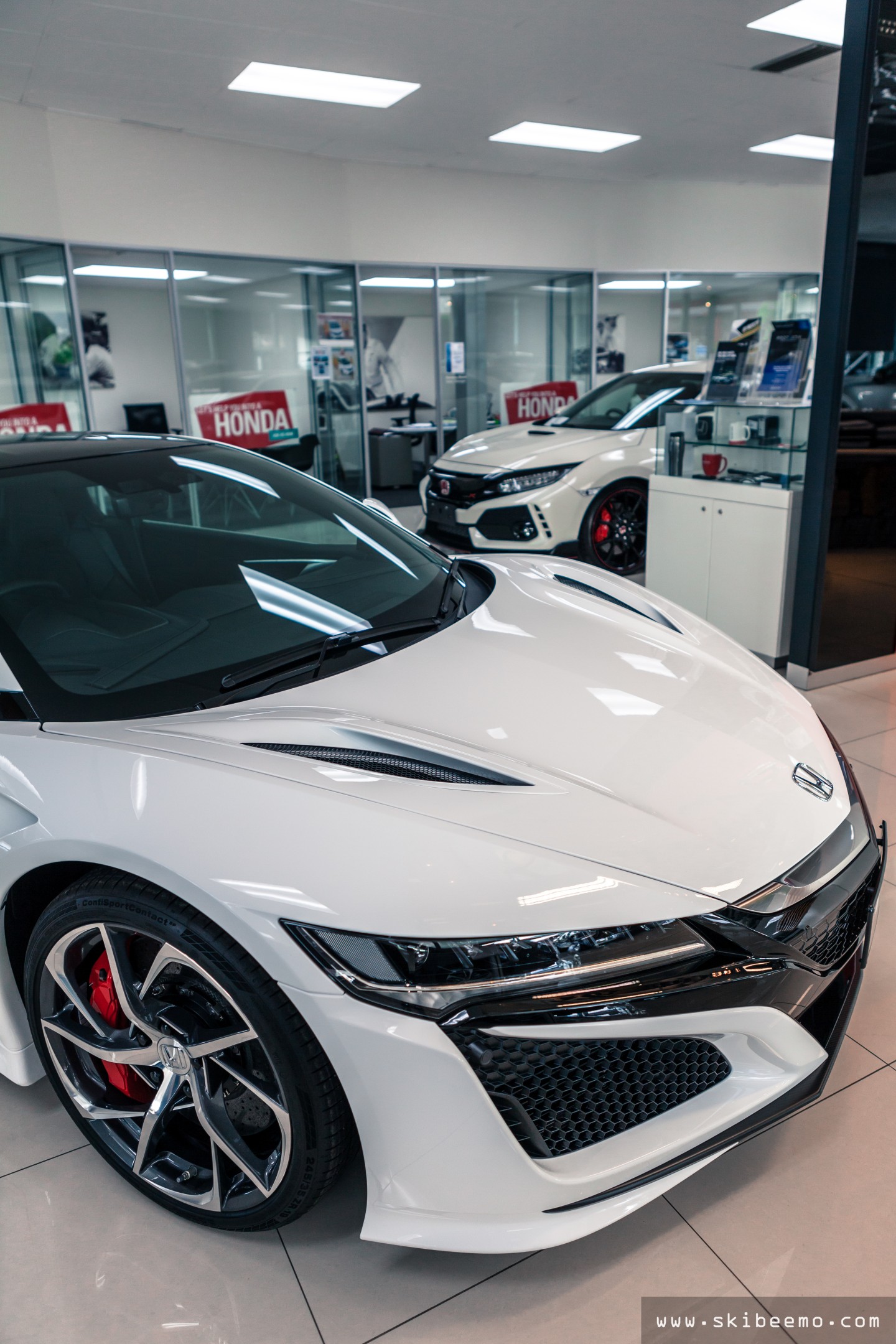
Honda’s second-generation NSX has received mixed reviews from the motoring world. There’s no doubt about the amazing wizardry which takes place beneath the stunning exterior. Twin-turbocharged rear-mounted V6 engine, one electric motor for each wheel up front and a third in between the motor and gearbox, 9-speed dual-clutch-transmission, torque vectoring 4WD system, and 427 kilowatts of power are some of the headlining stats on the NSX’s spec sheet. However, despite the lightning quick 2.9 seconds to 100 km/h and 307 km/h top speed, the car hasn’t had much success in global sales with only five or so examples sold in Australia. $420,000 AUD before on-roads is hefty for a car that wears a Honda badge.
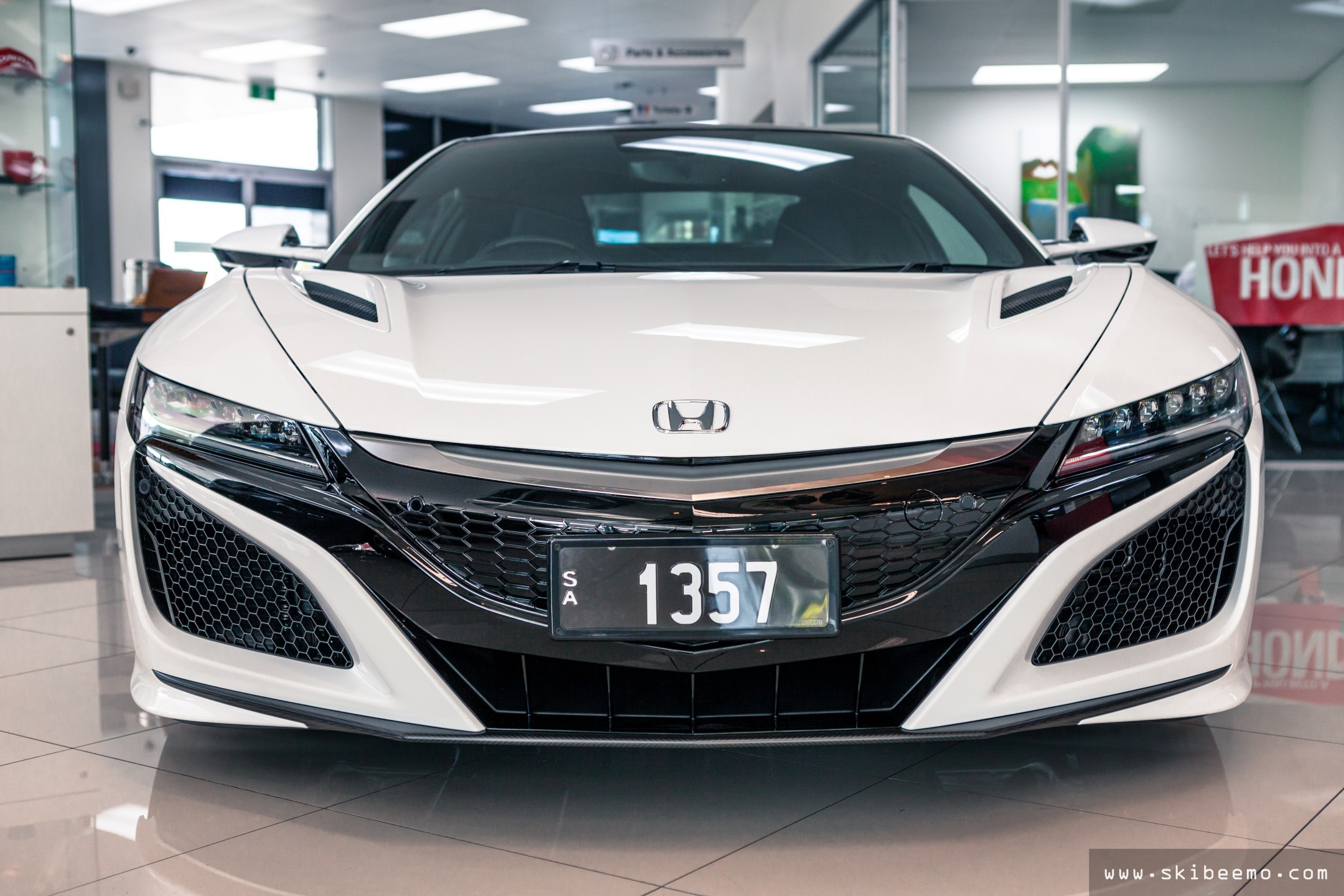
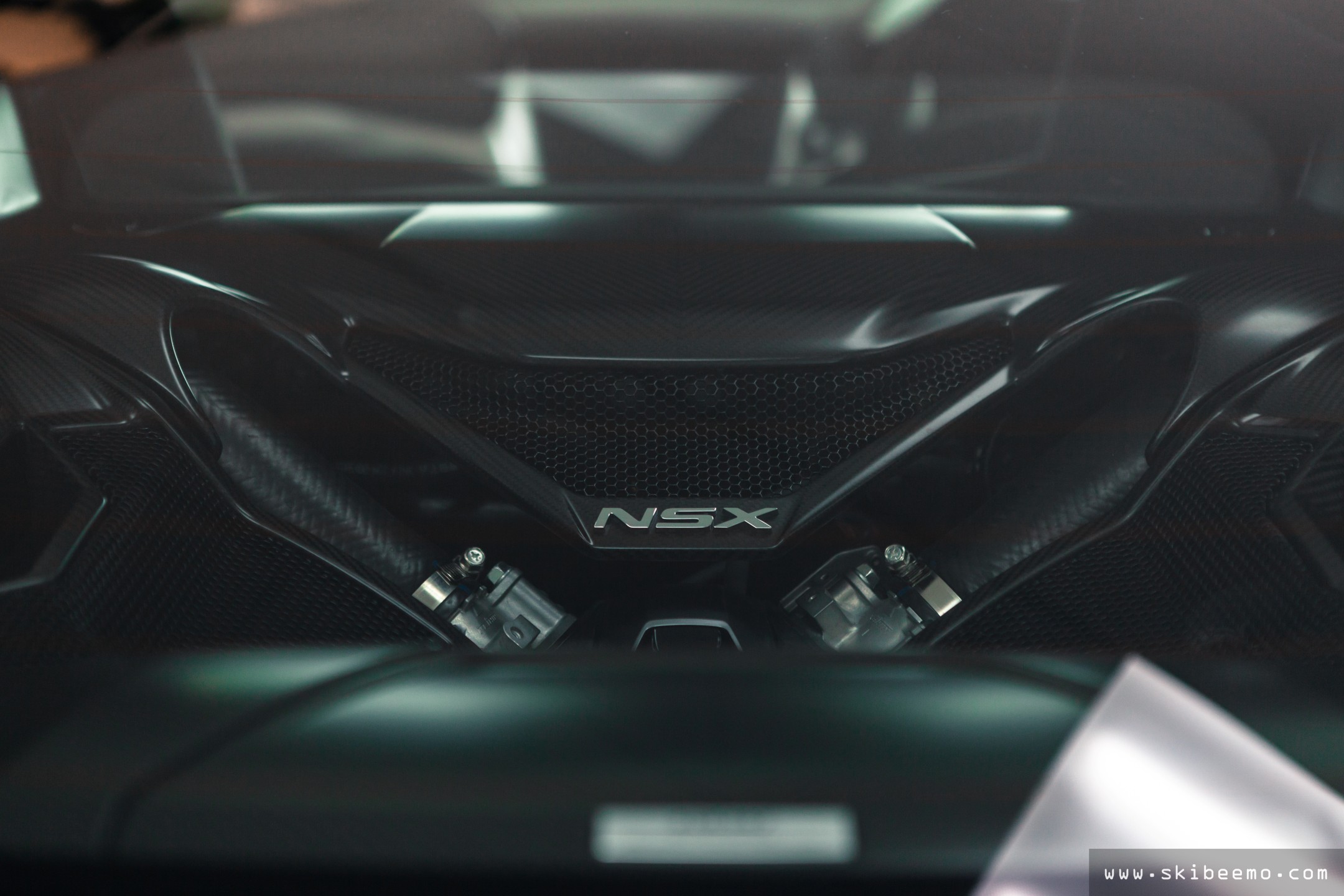
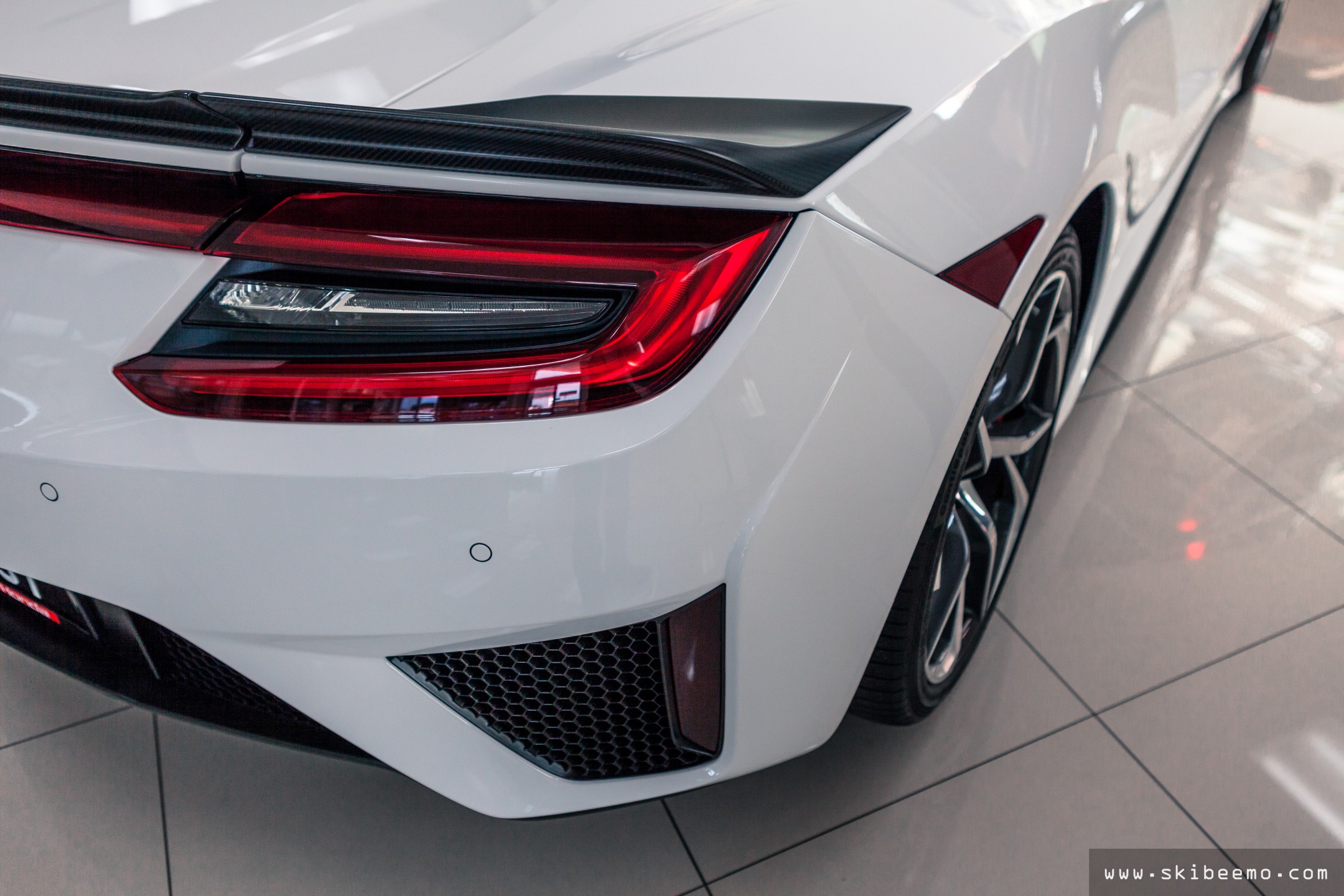
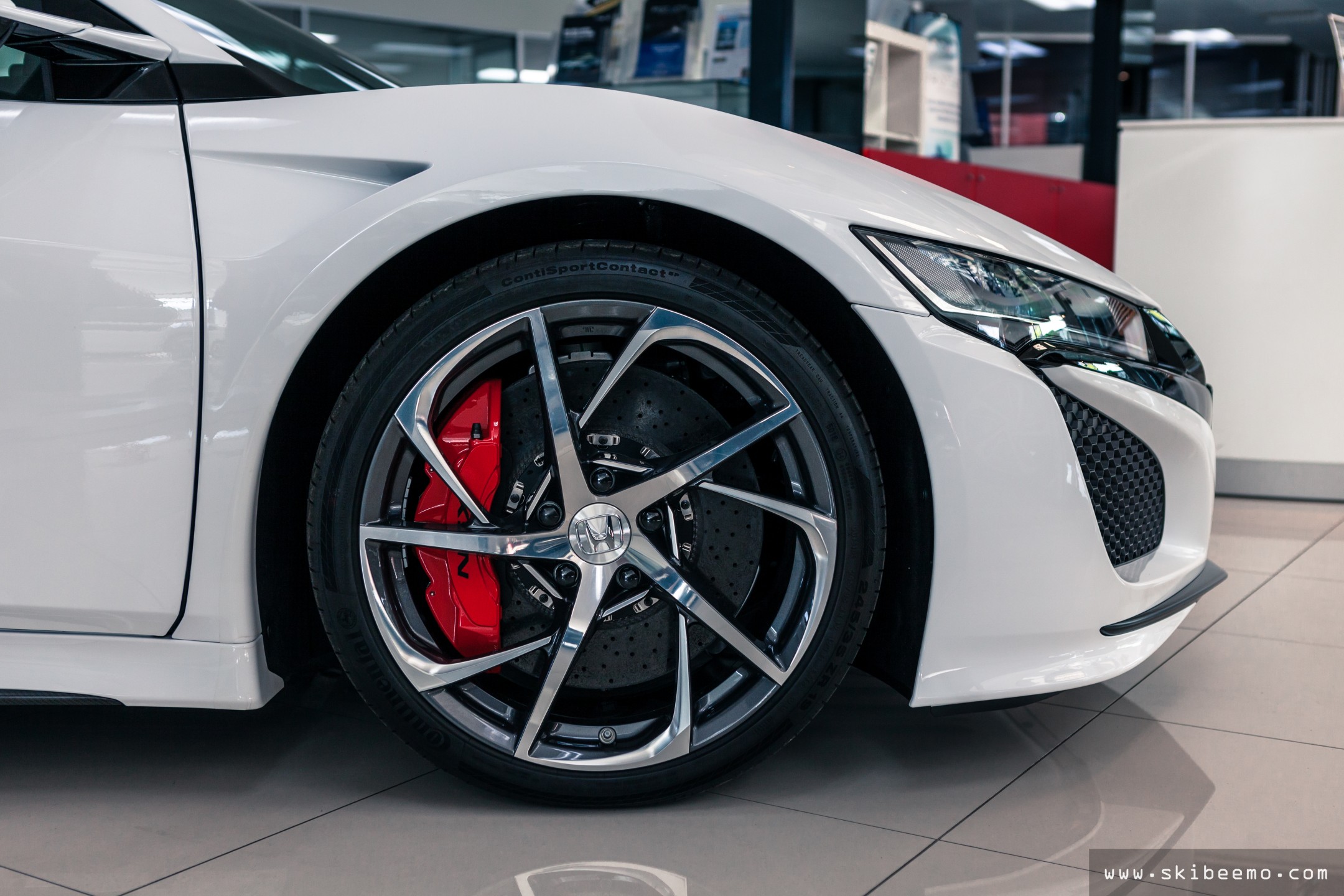
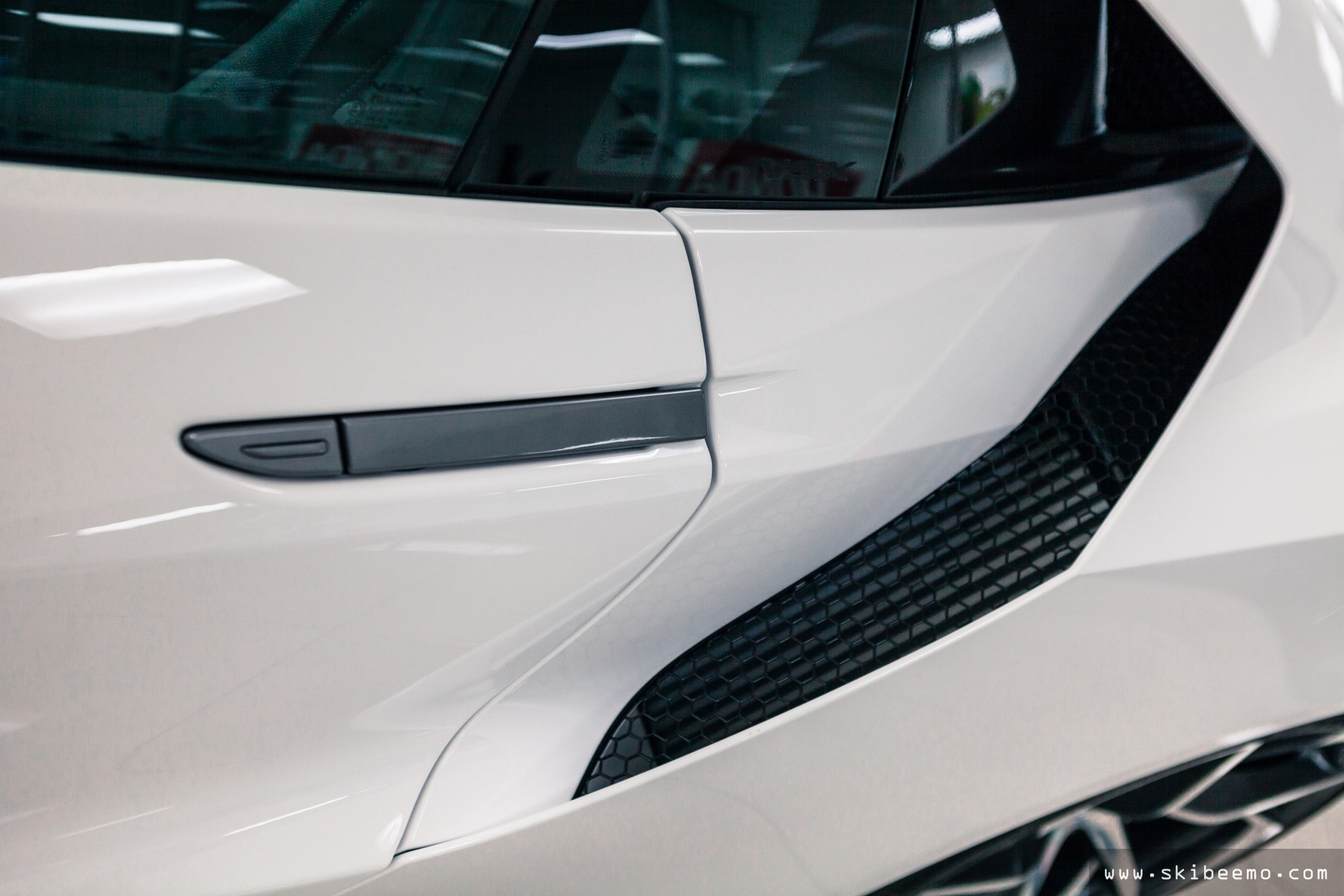
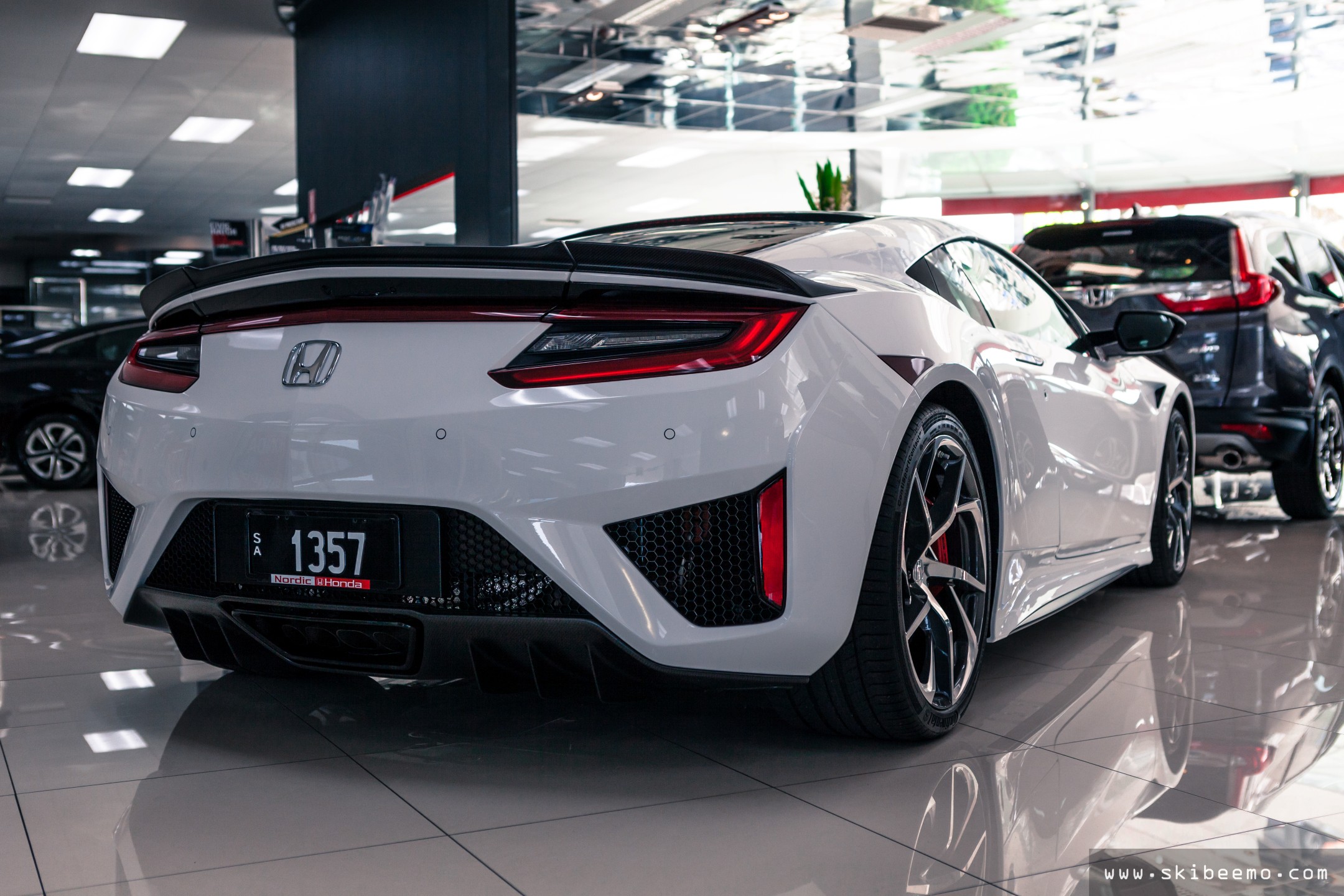
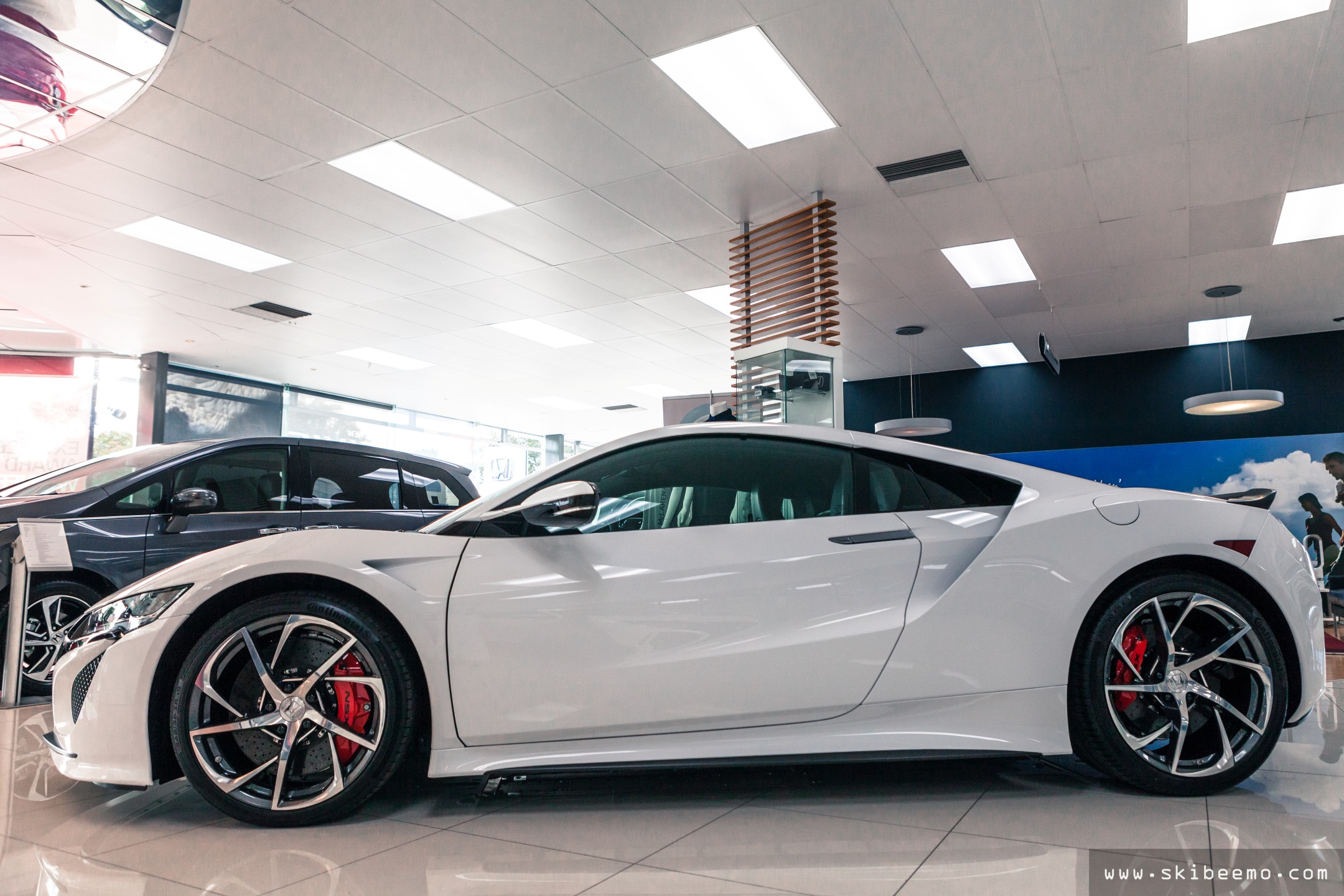
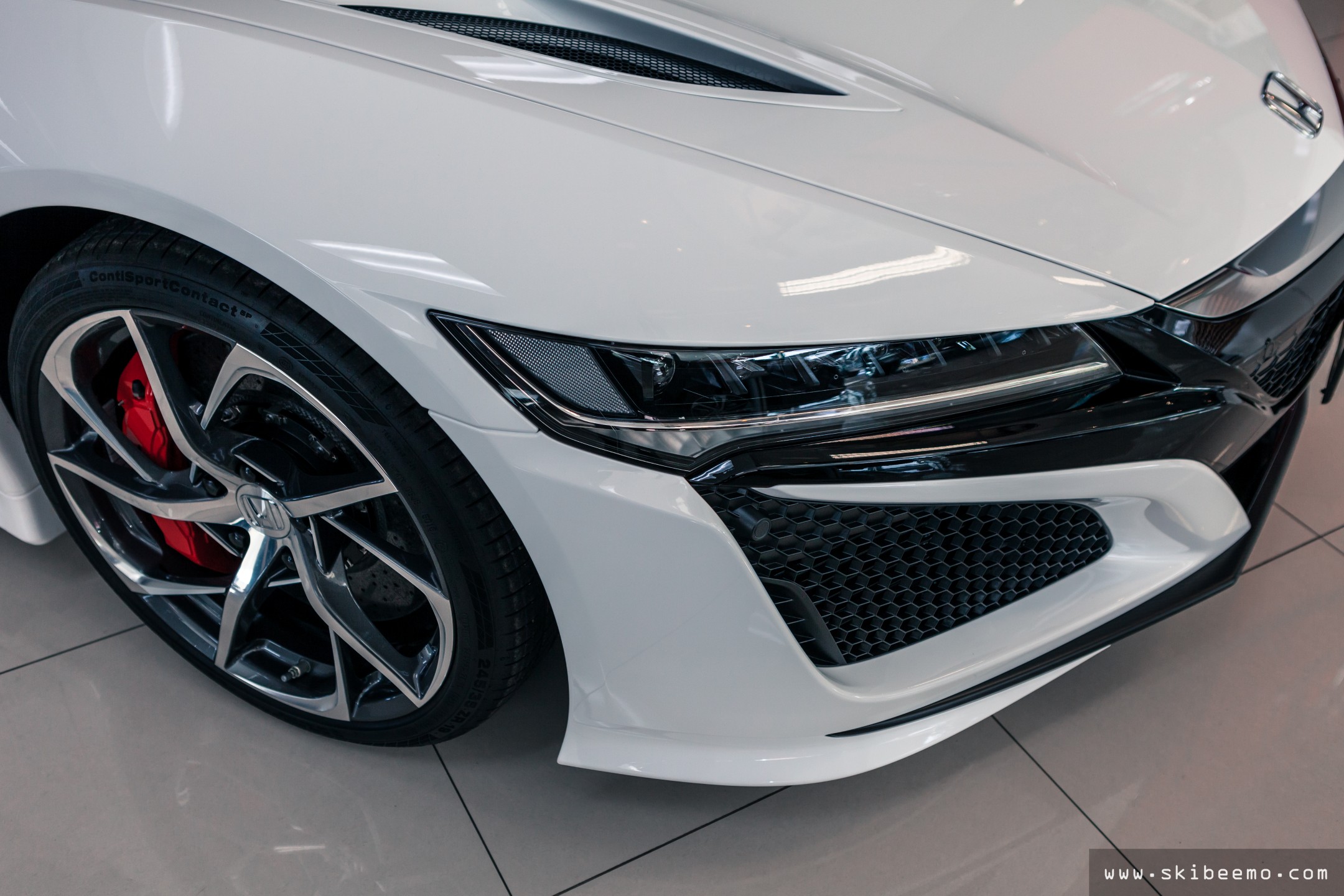
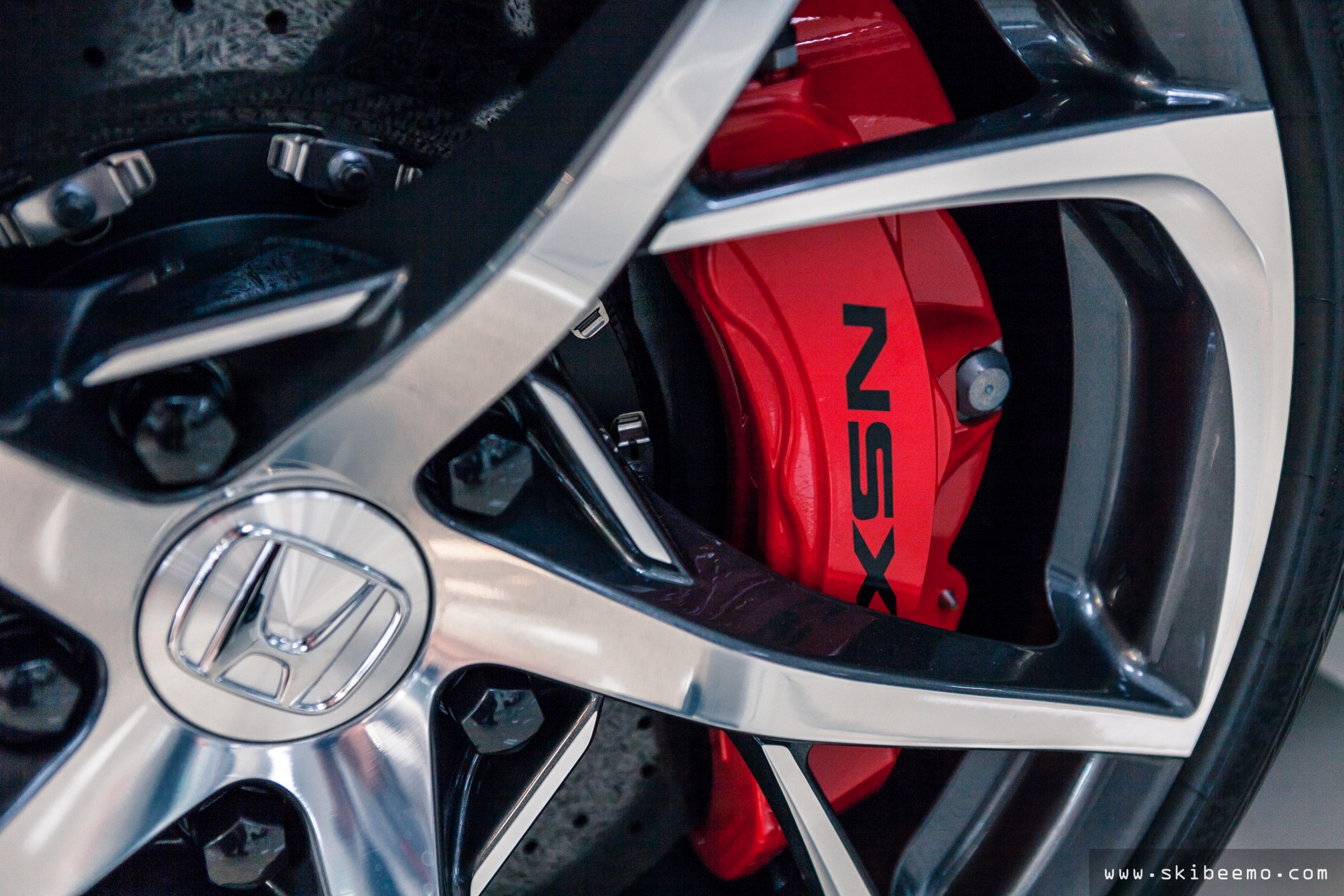
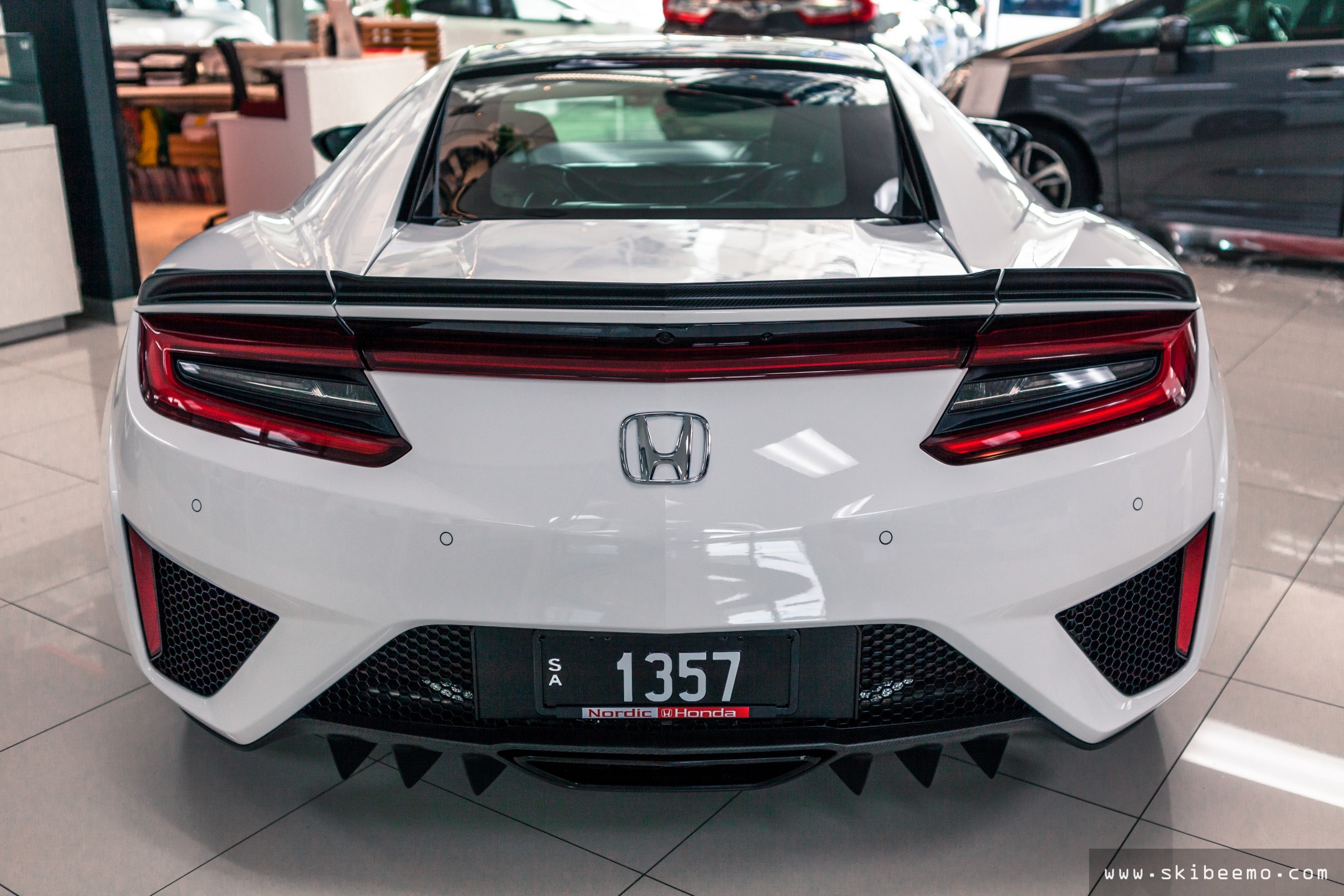
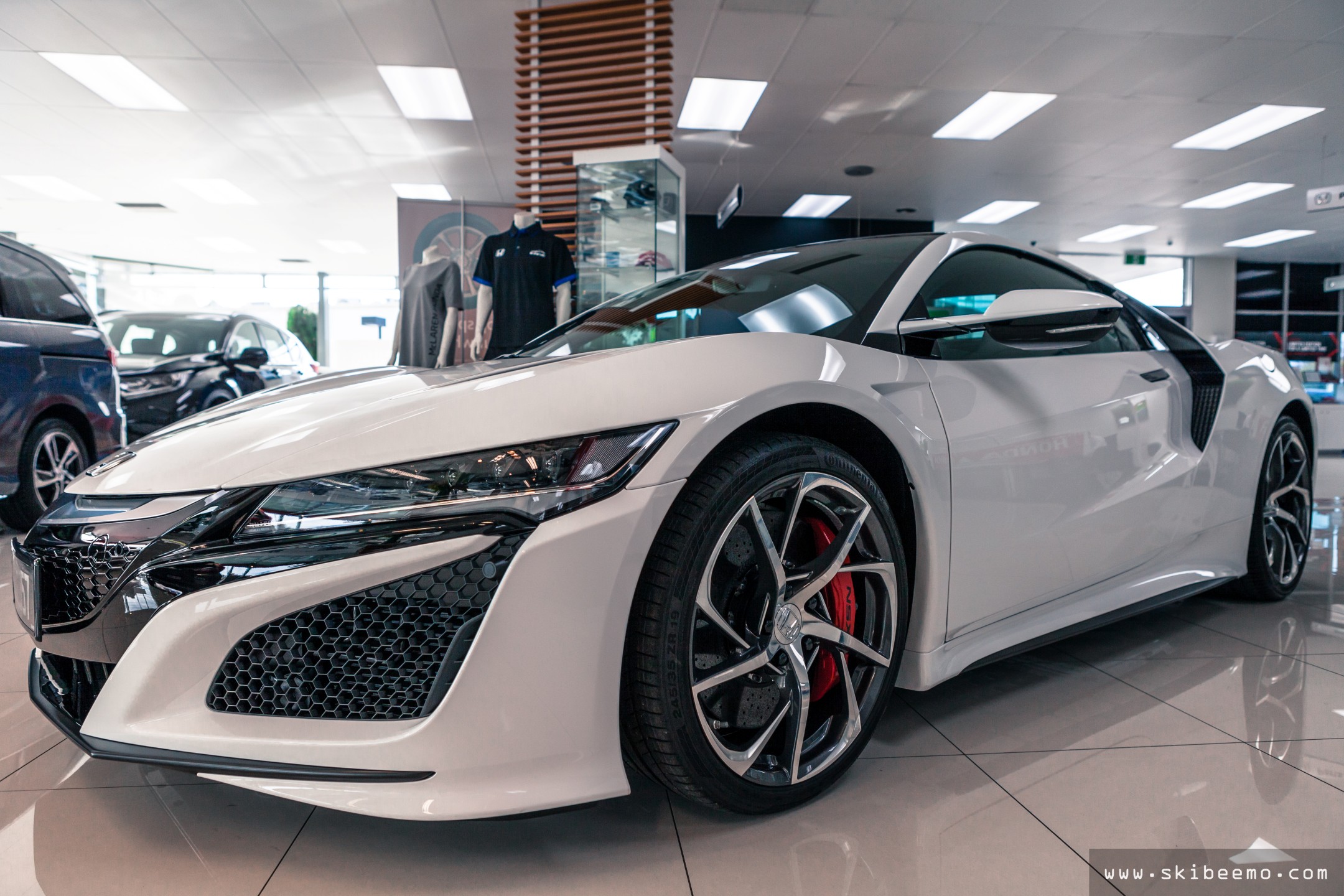
Gordon Murray – Chief Designer of the legendary McLaren F1 supercar – took a lot of inspiration from the original NSX, particularly its handling and practicality characteristics and incorporated those elements into the F1. He also once said that if the original NSX featured a more powerful motor and was better marketed, it would’ve received higher acclaims and greater success. I wonder how he feels about the second-generation NSX.
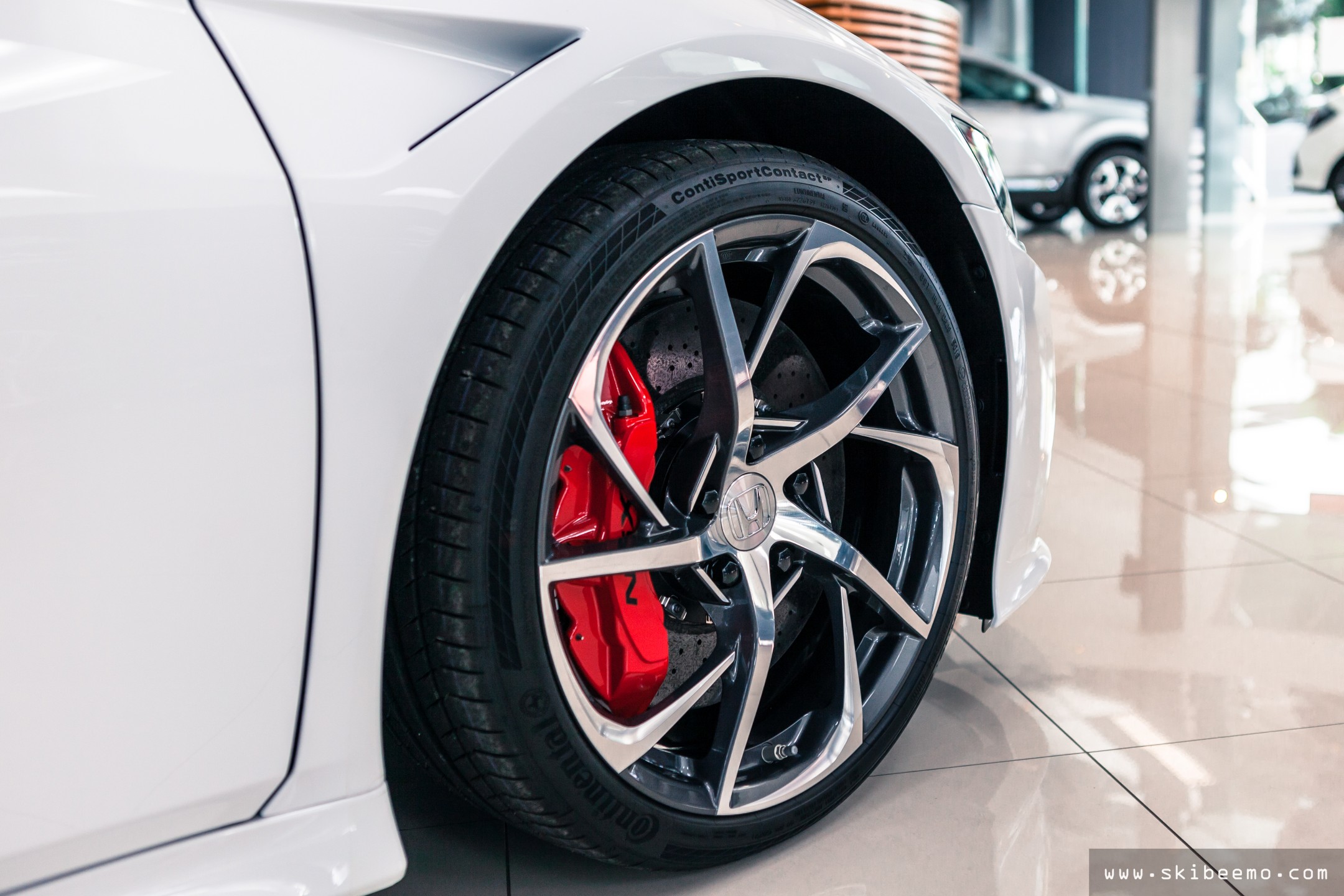
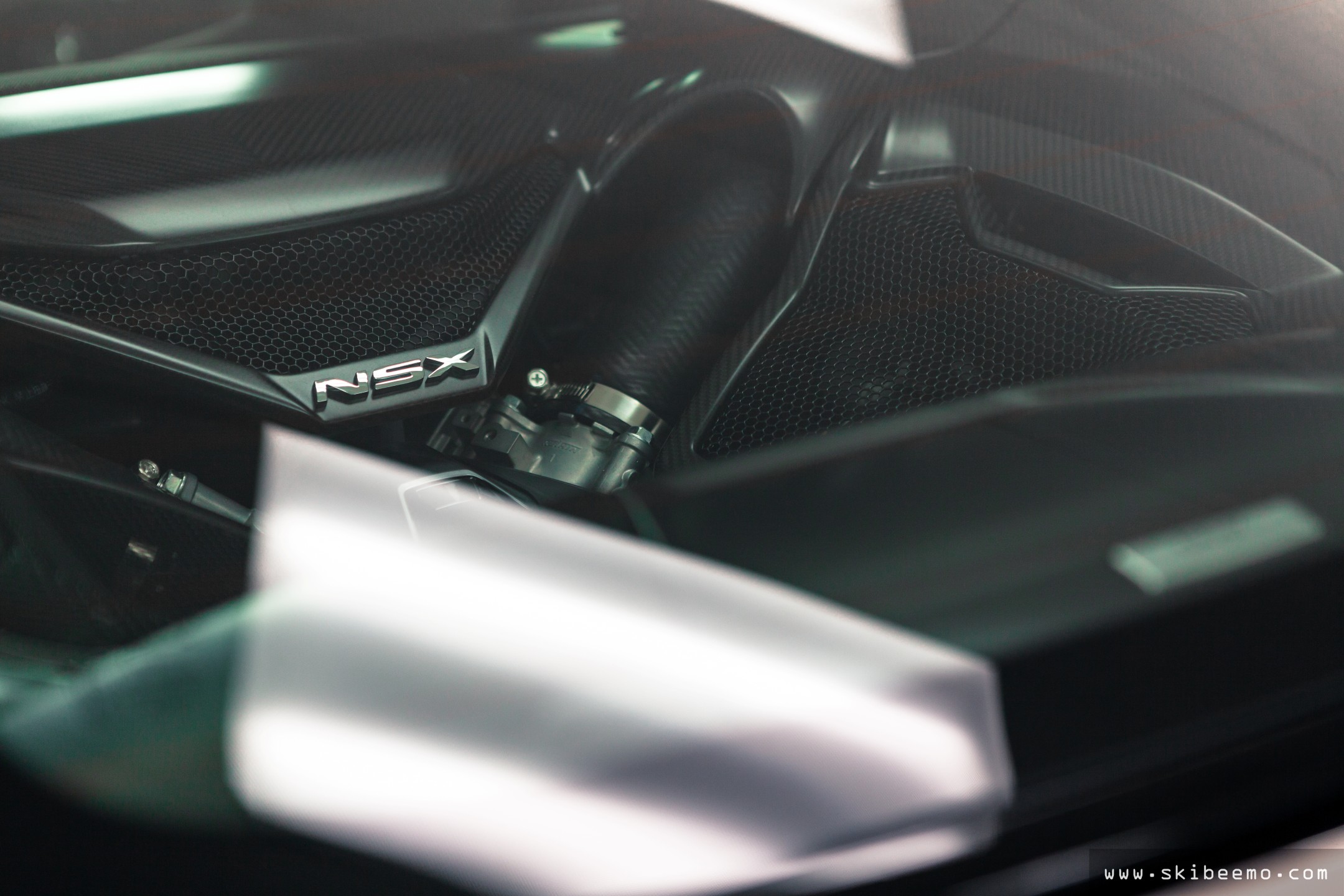
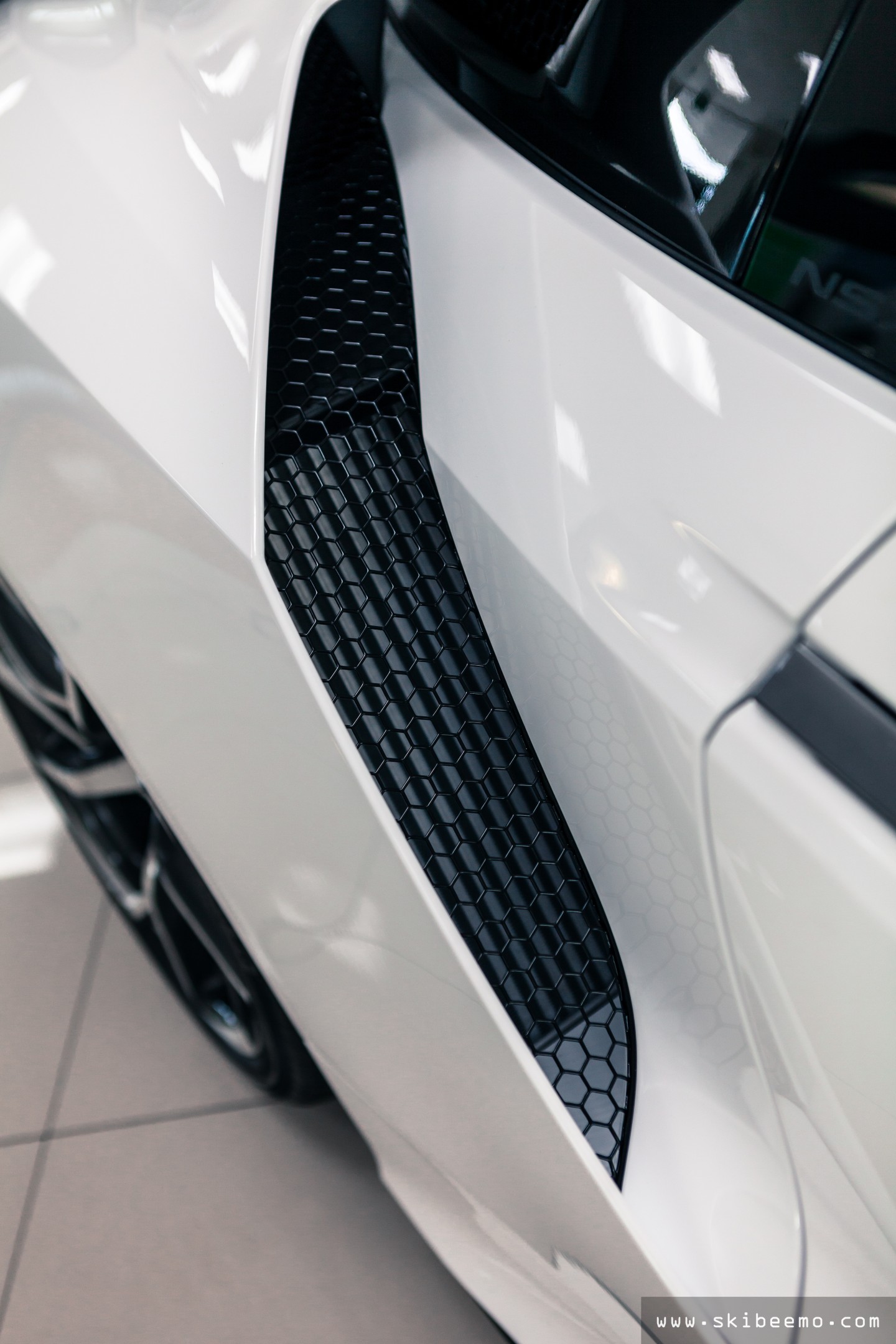
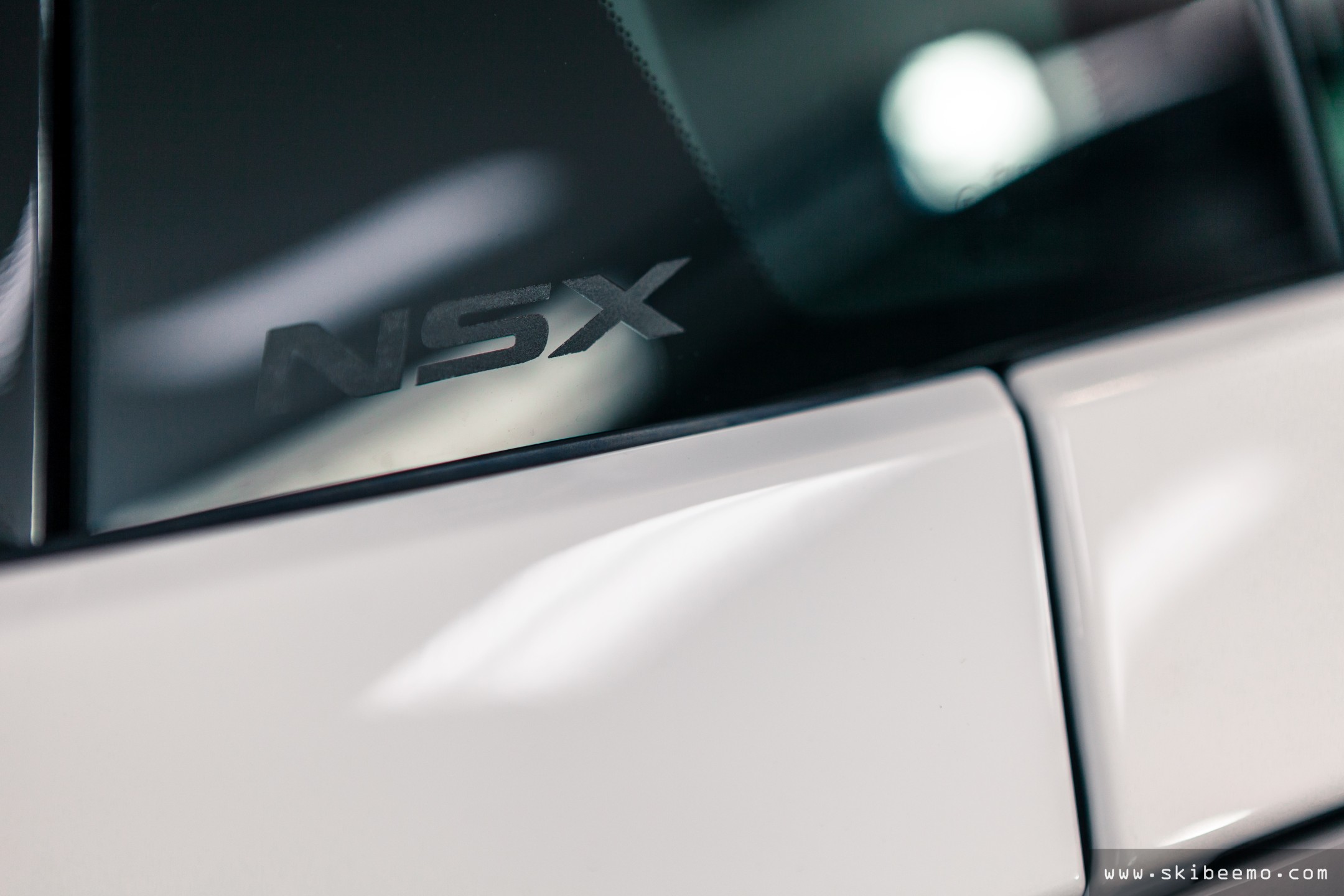
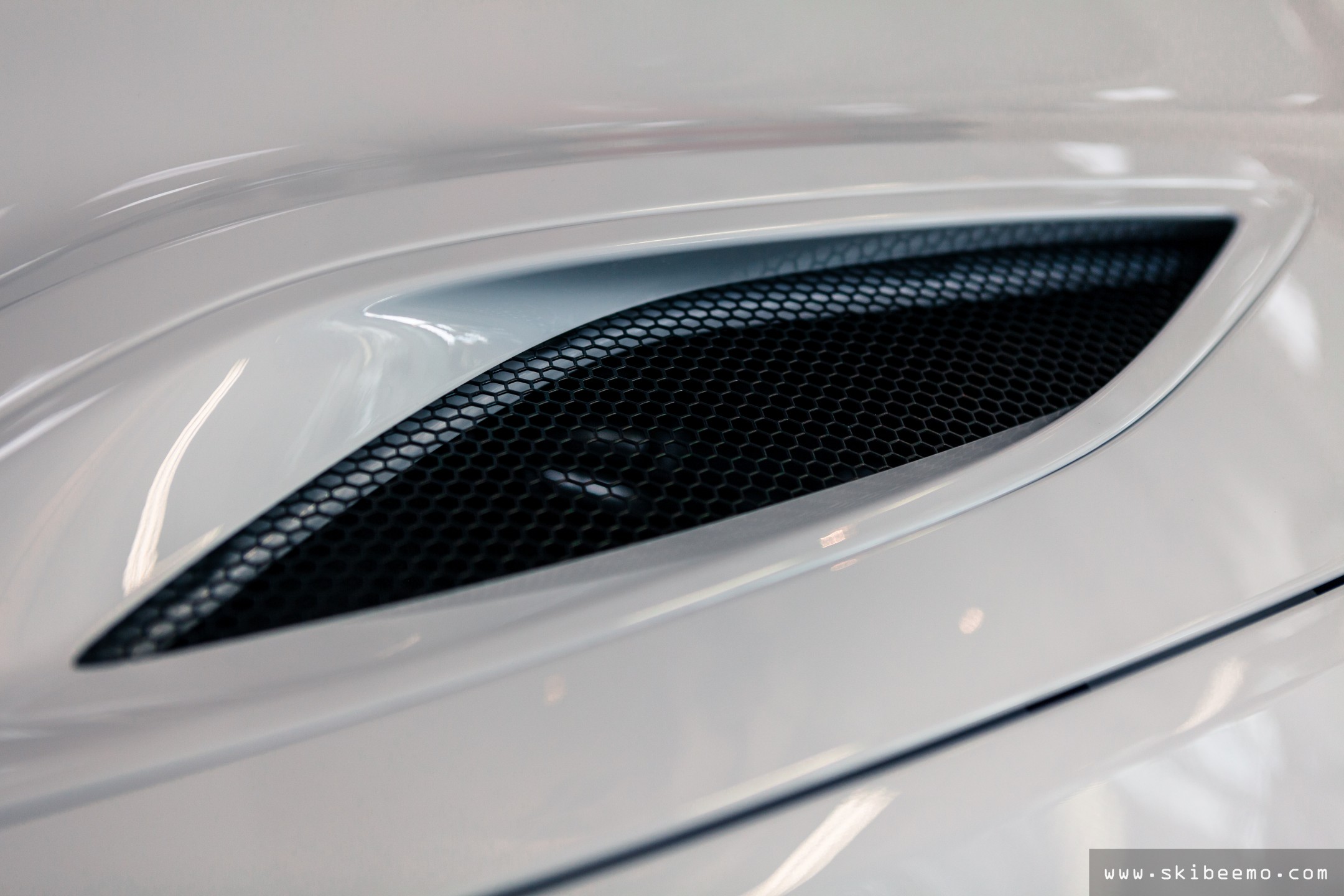
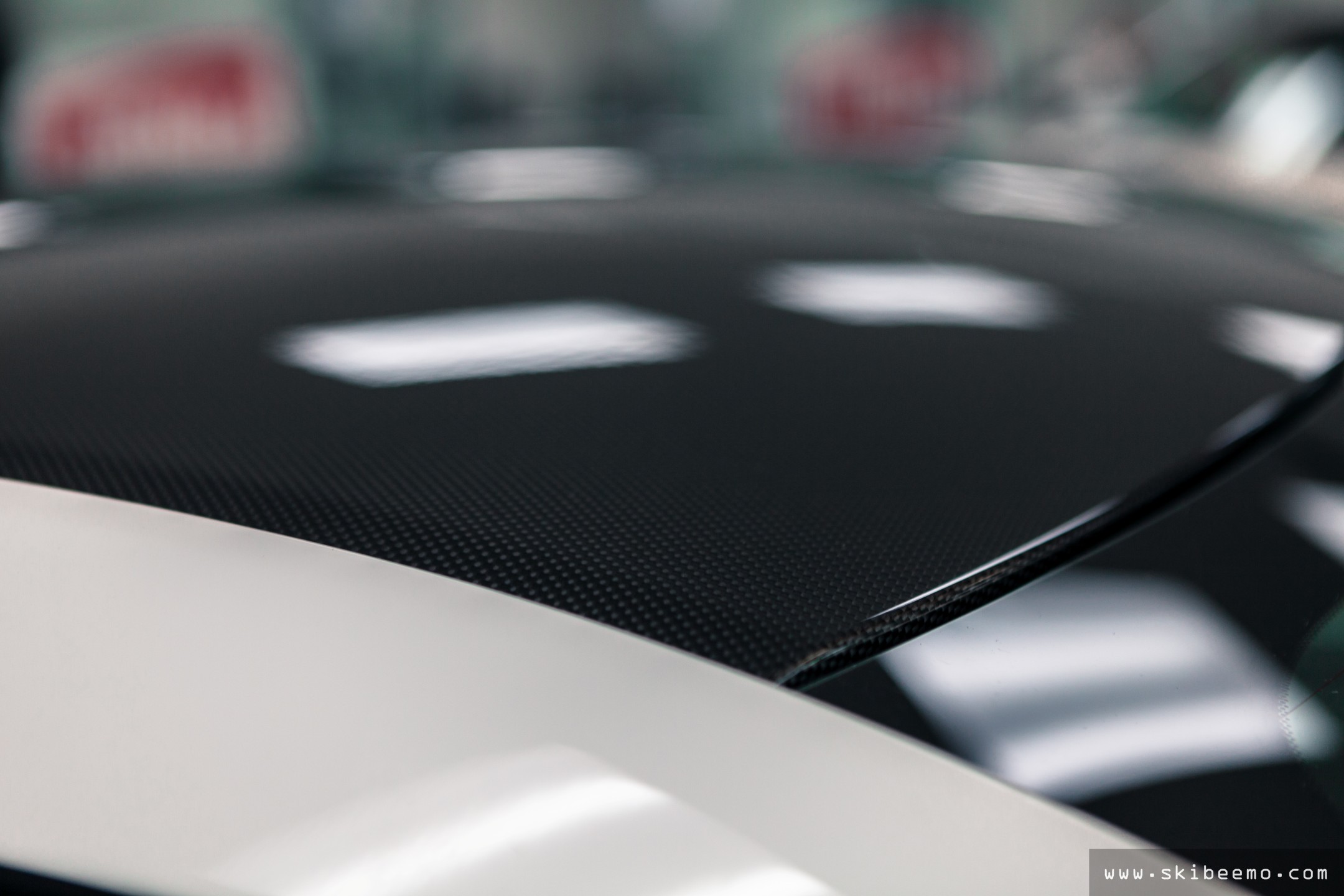
Whoever owns this elegant four-digit historic plate proudly worn by the NSX definitely made a pleasant request at the factory when they ordered this supercar. Although the NSX’s serial number is only off by one digit, it’s still a nice touch nonetheless.
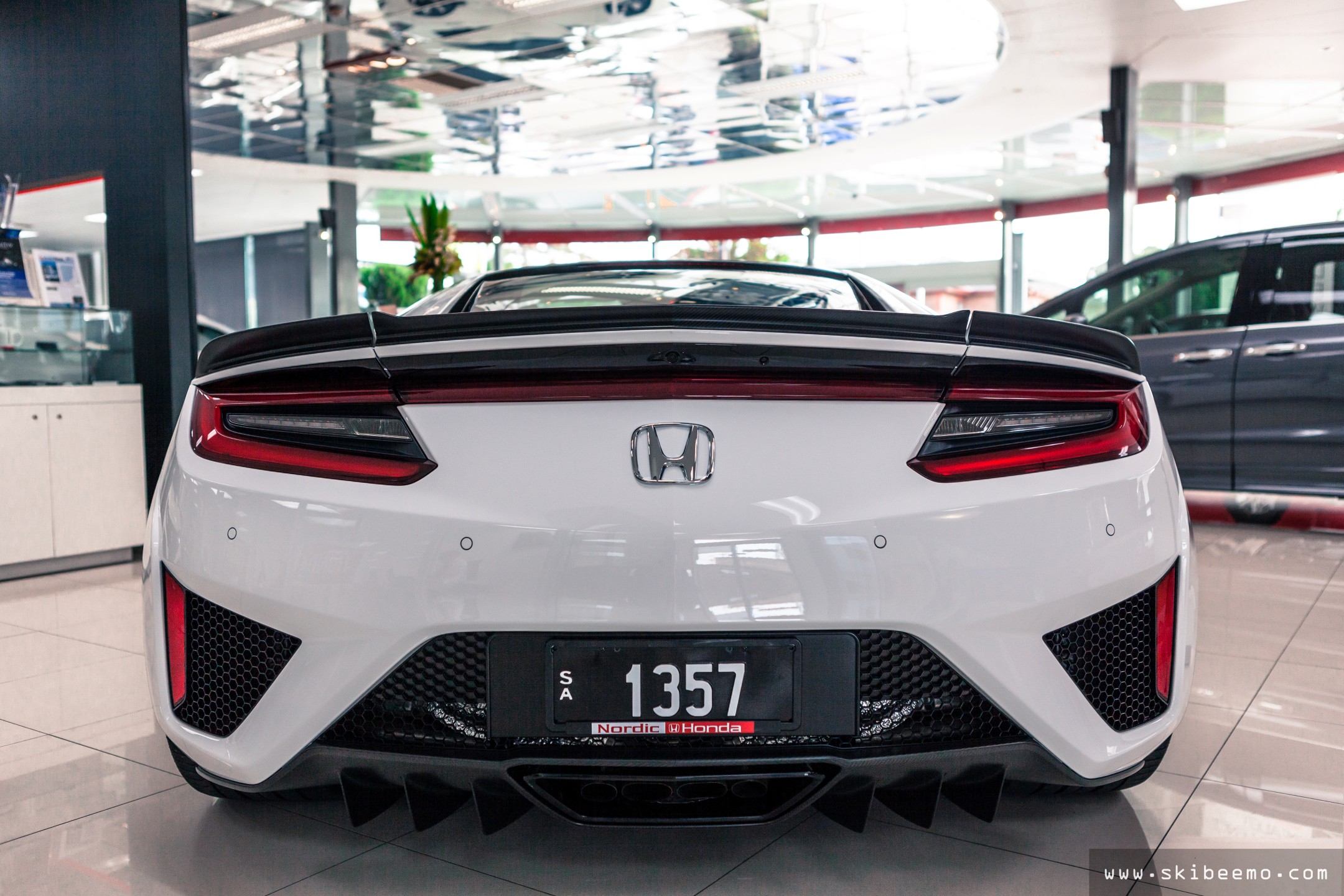
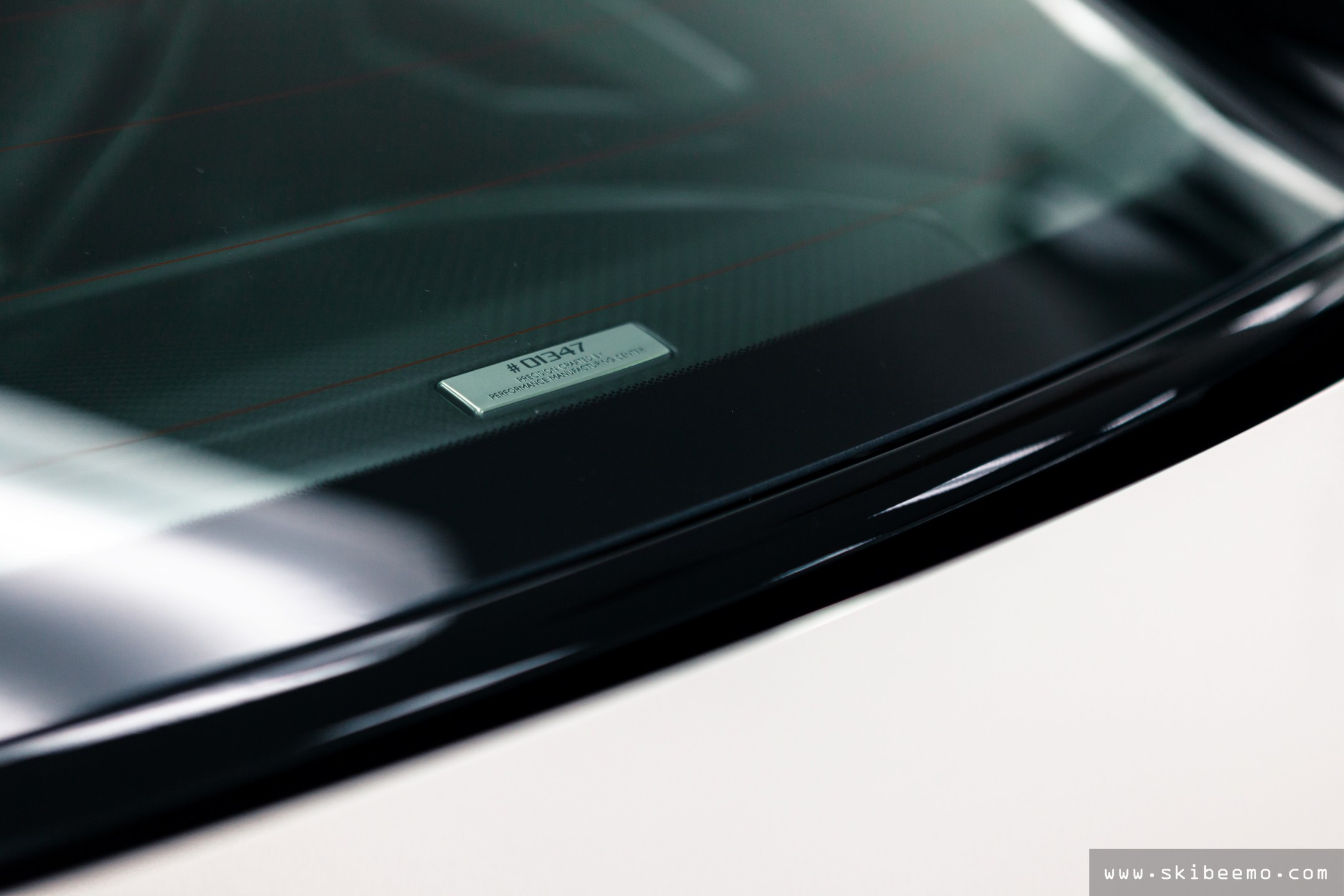
The introduction of the 2015 FK2 Honda Civic Type R marked a new approach for Honda’s Type R brand. High-revving naturally aspirated motor, lightweight, minimal luxuries and a raw feel were prerequisites for Honda models that wore the red H badge. But for the FK2 and now, the newly released 2017 FK8 Civic Type R, the once vocal N/A motor has been ditched for an emissions friendly and competitor equalling higher-powered turbocharged unit. The FK8 is also much chubbier than the original line of Type R models thanks to a host of safety and consumer-driven electronics everywhere. Despite this, the $50,990 AUD (before on-roads) FK8 Civic Type R is indeed a true performance car and holds the current front-wheel drive lap record around Nordschleife Nurburgring with a 7:43.80. That’s quicker than an Audi R8 V10 Plus, Porsche 997 GT2, both Lamborghini’s Gallardo Superleggera and Murcielago LP640, as well as the Pagani Zonda C12 S. Not bad of an effort for the humble Honda Civic.
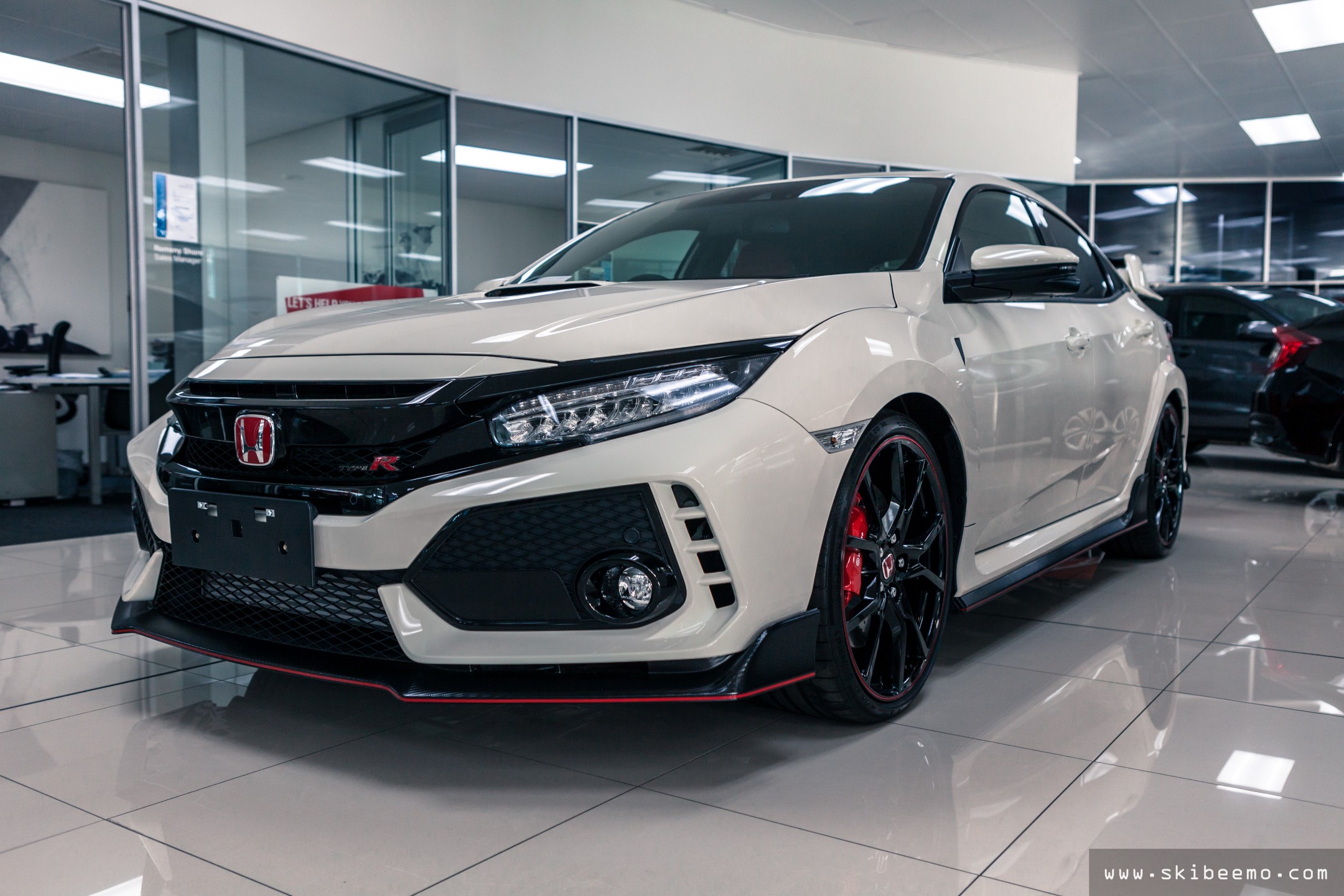
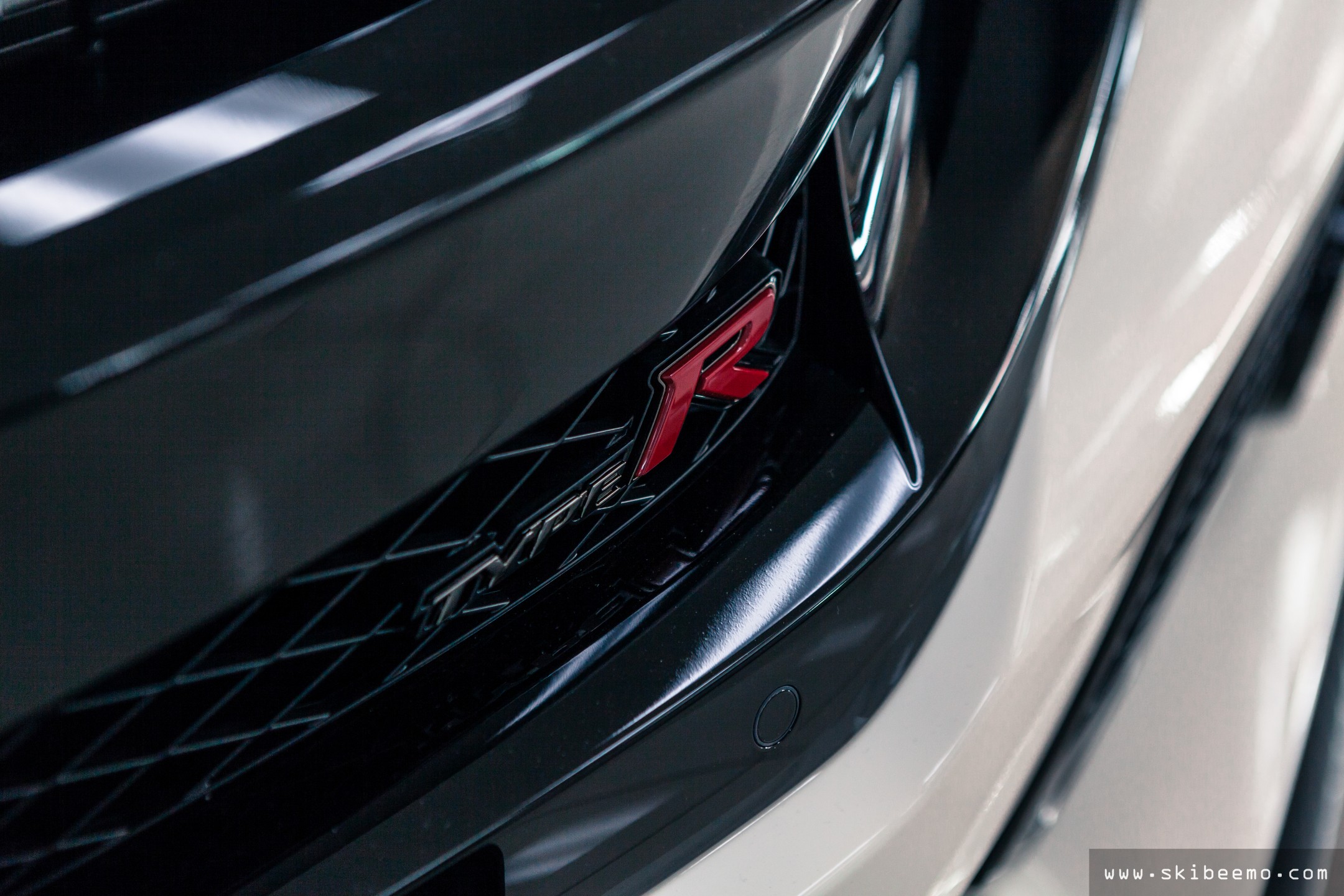
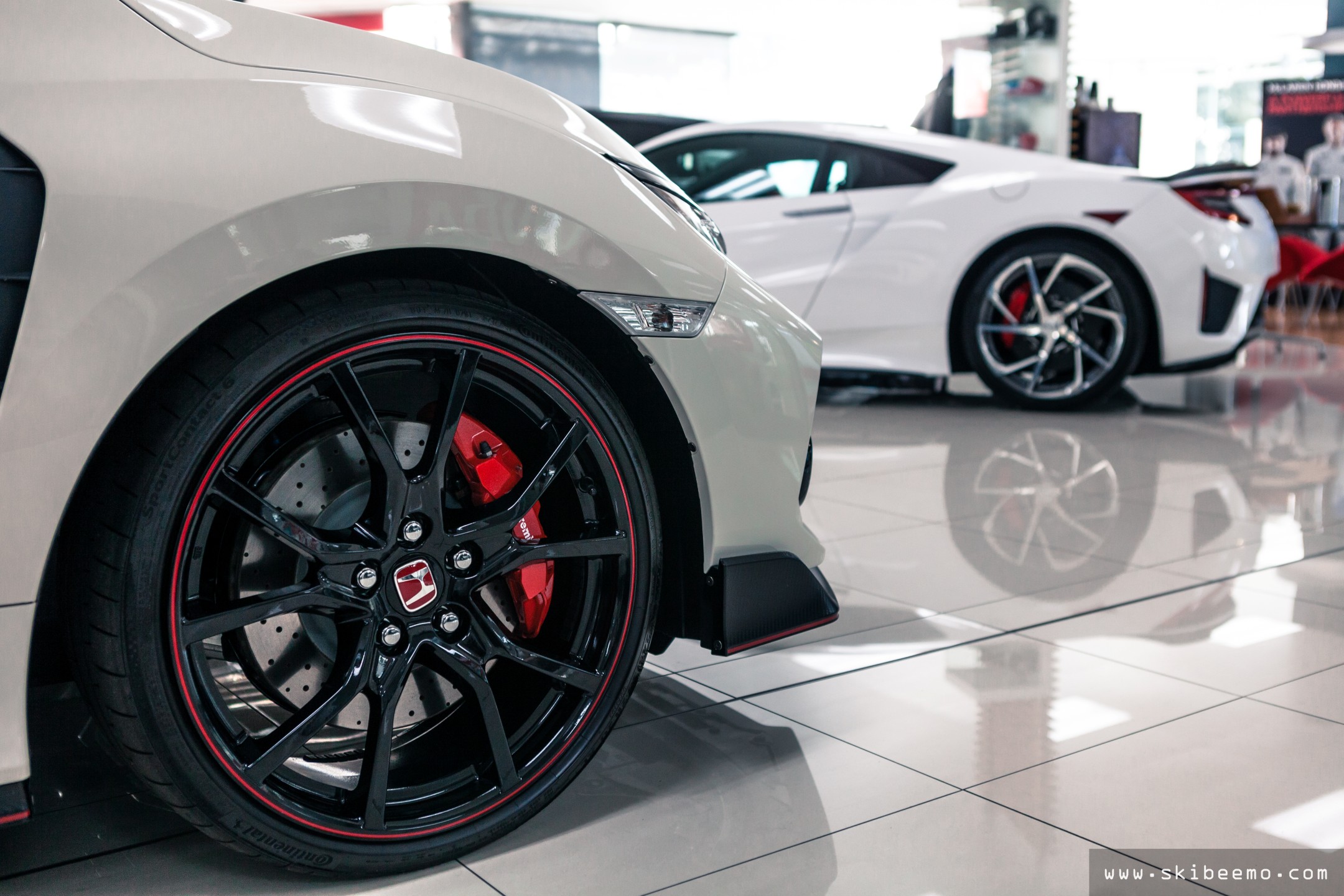
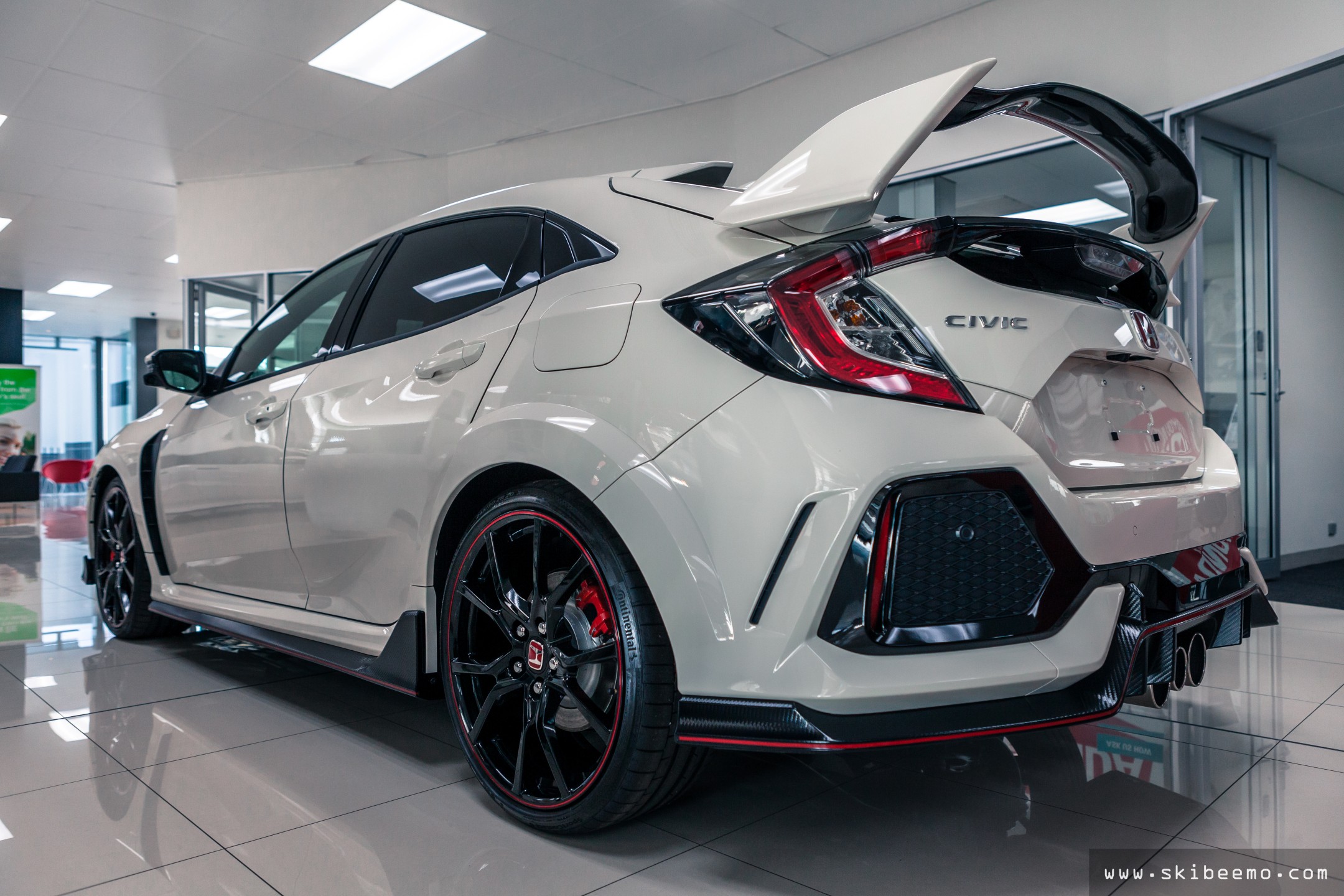
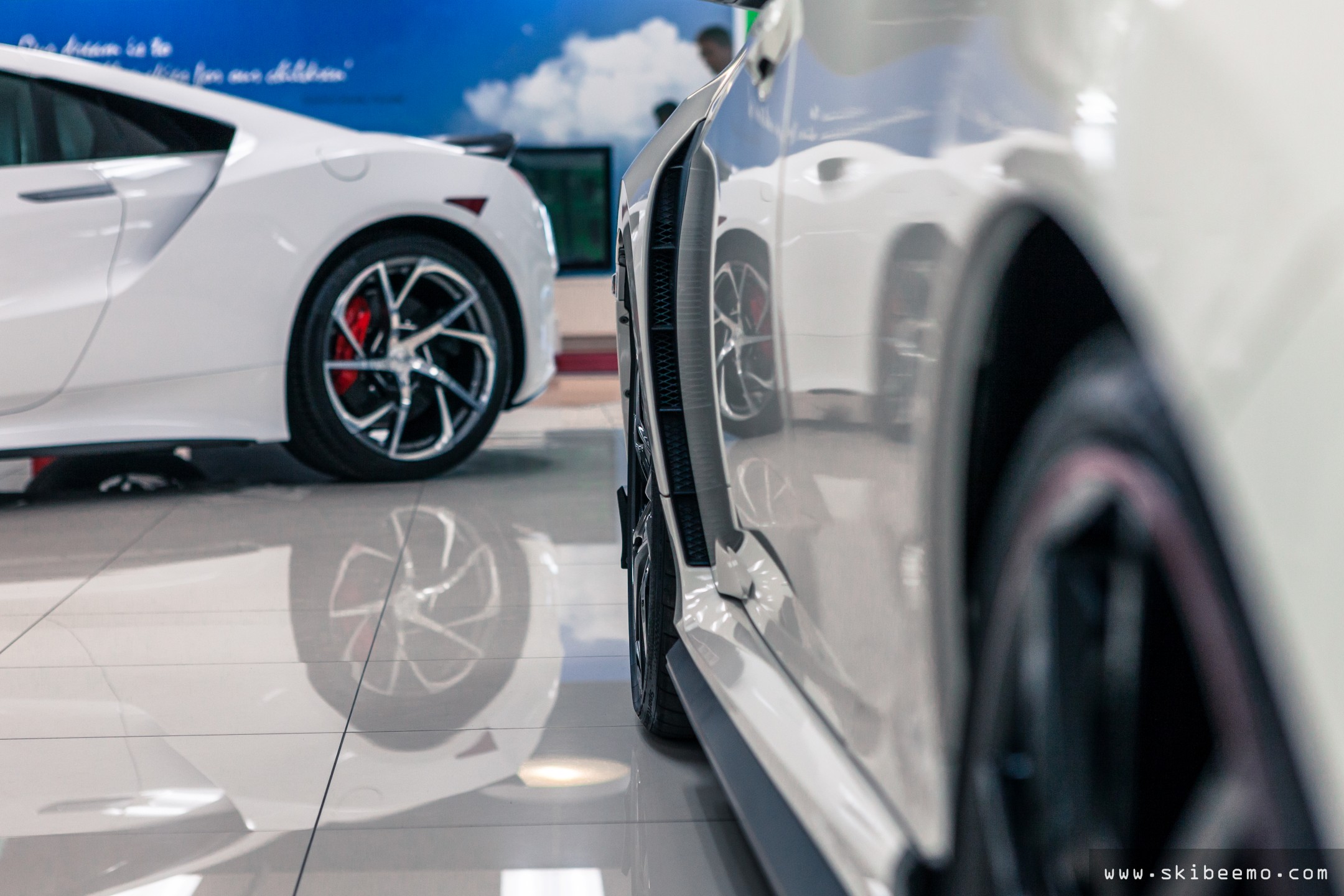
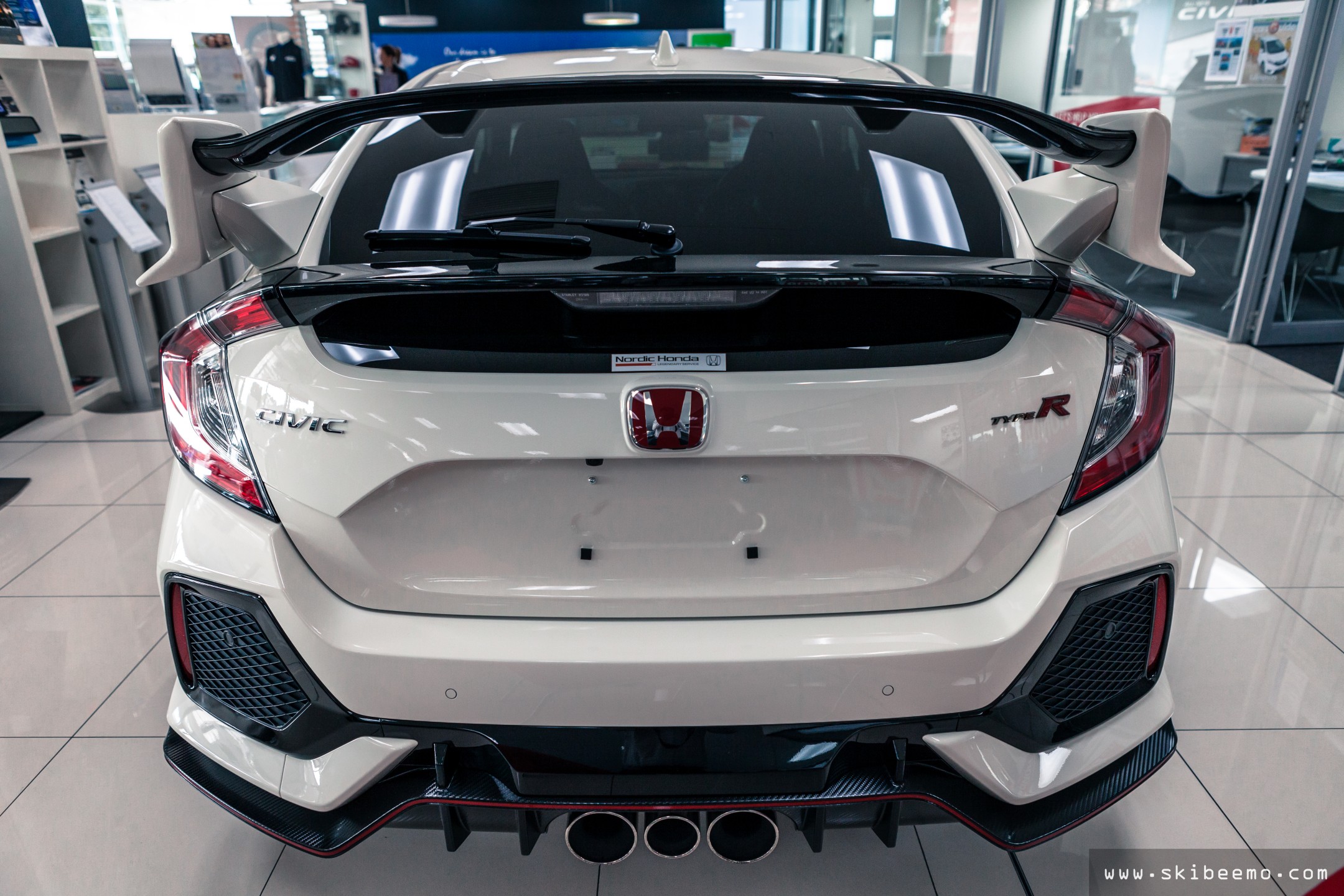
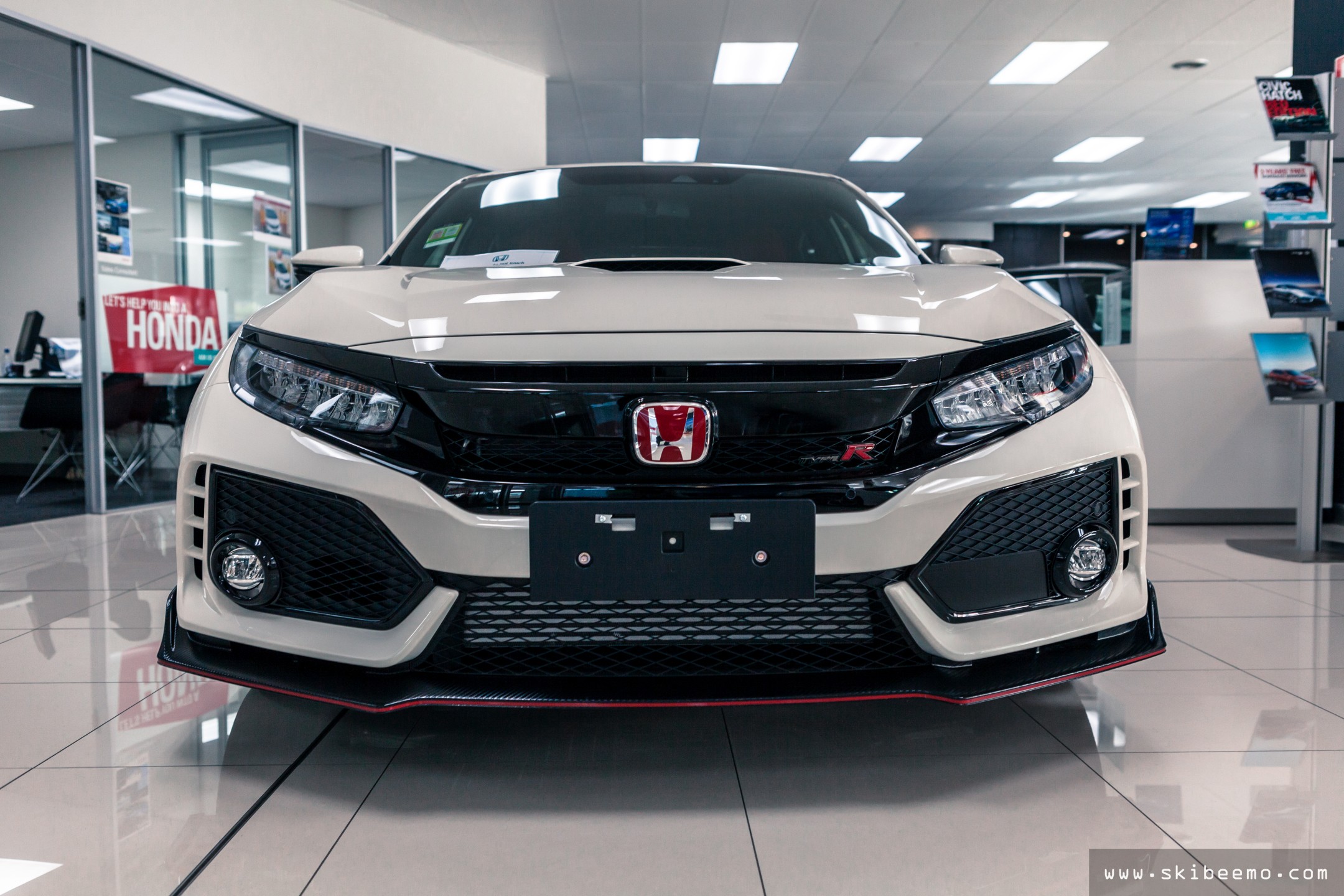
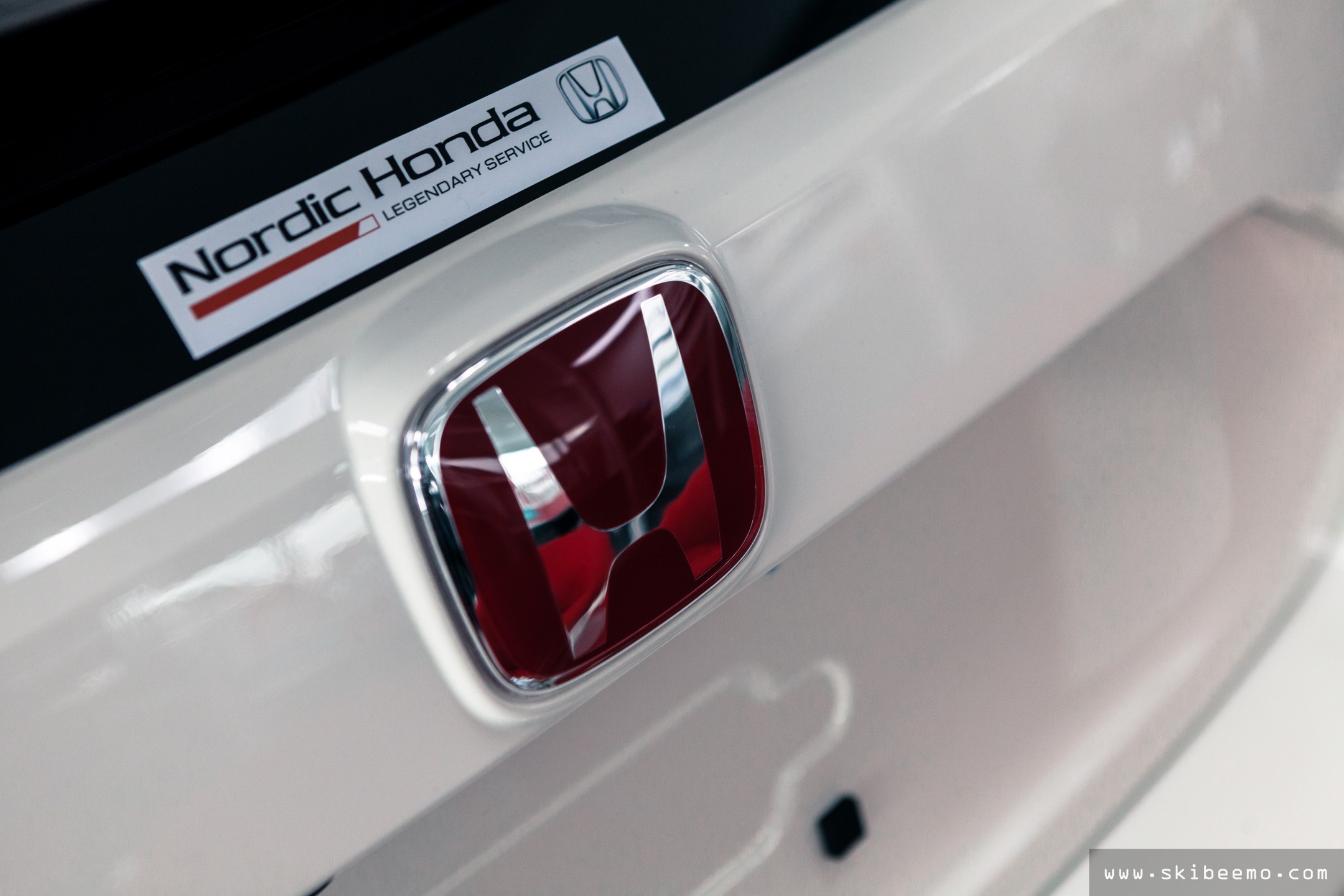
Nordic Honda has a separate display area where they house some of Honda’s legendary sports cars from yesteryear. An original Grand Prix White NSX and Milano Red DC2 Integra Type R are joined alongside a Sebring Silver Metallic S2000. The man who was responsible for all three of these greatest hits – Shigeru Uehara-san – would be smiling at the sight of this.
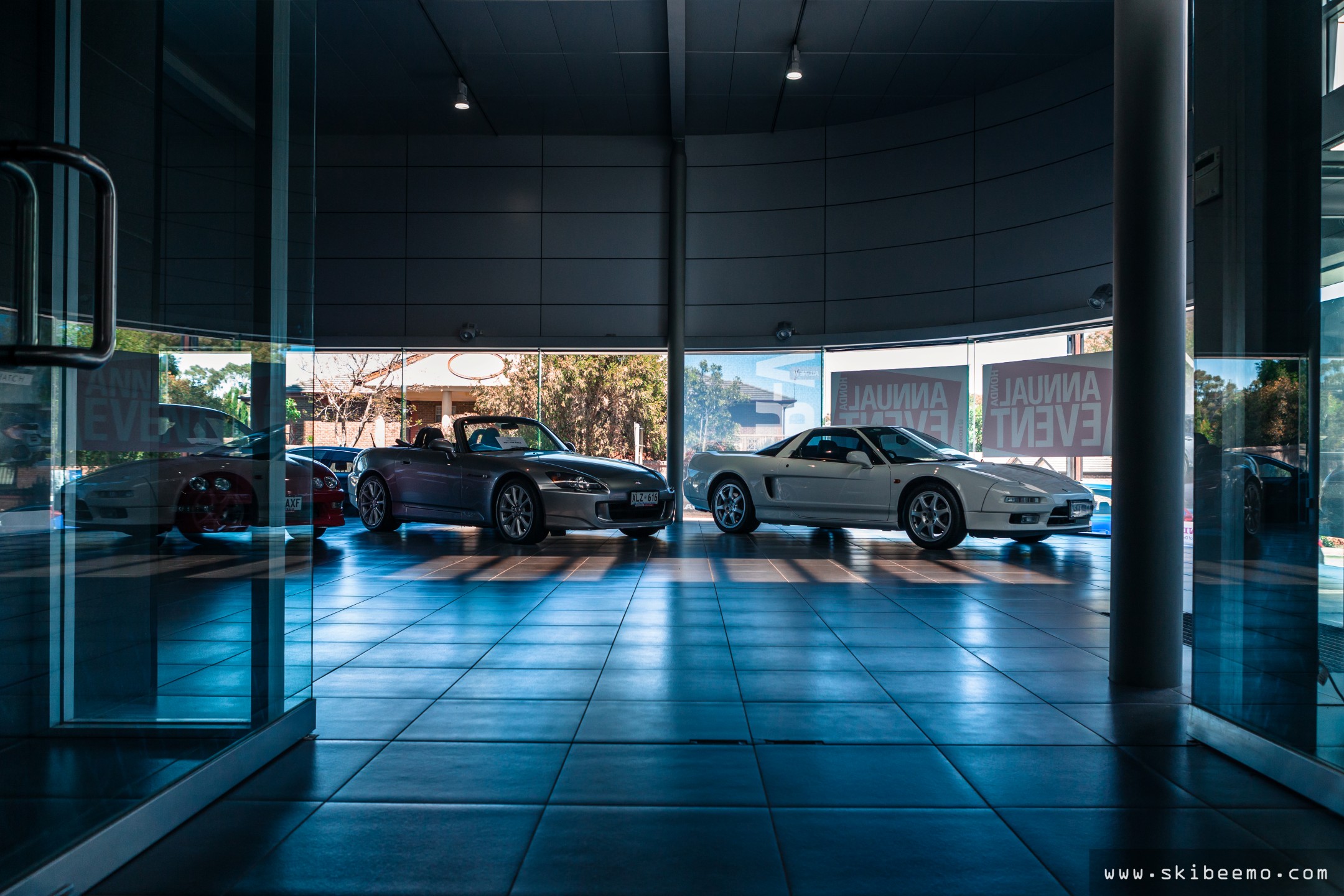
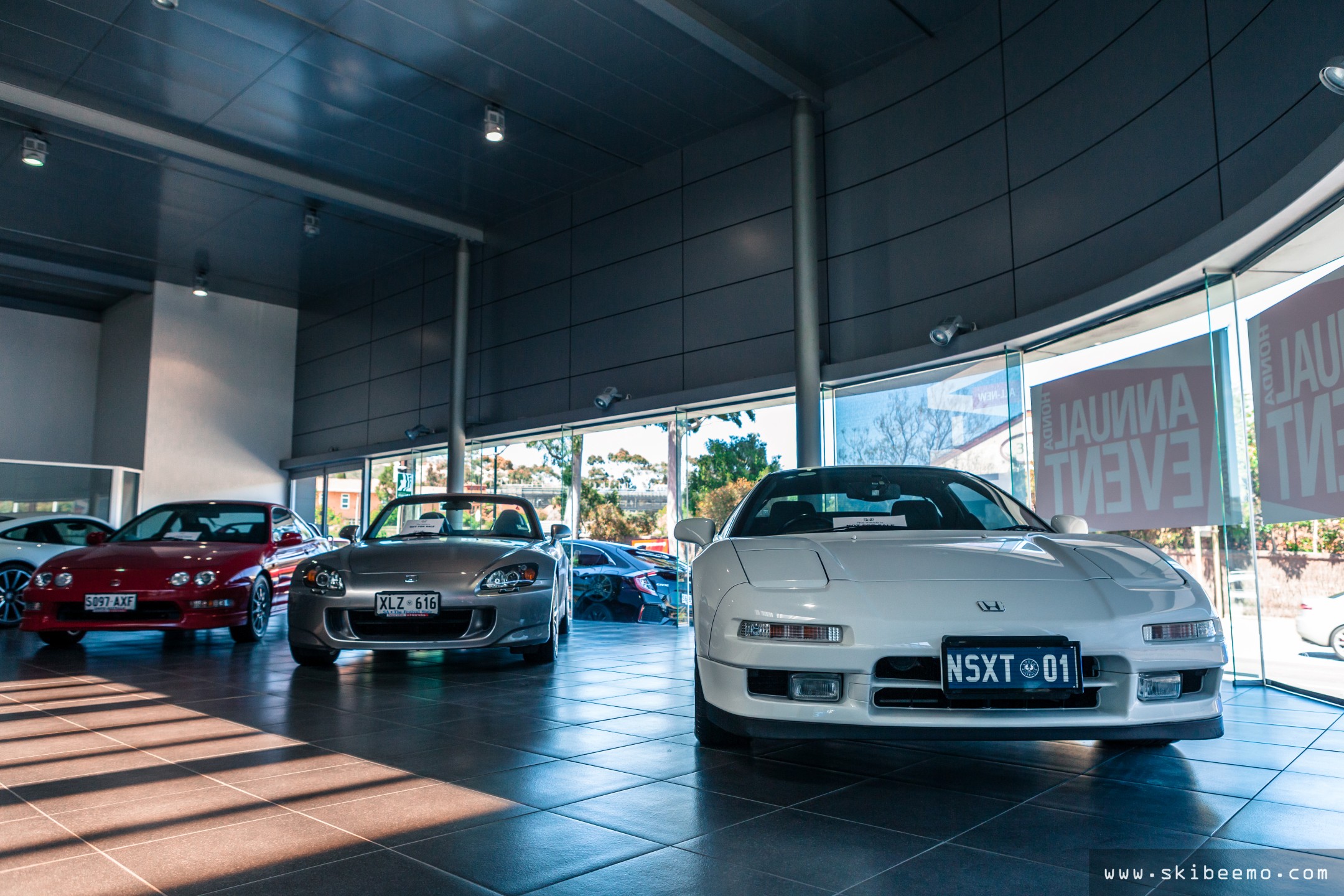
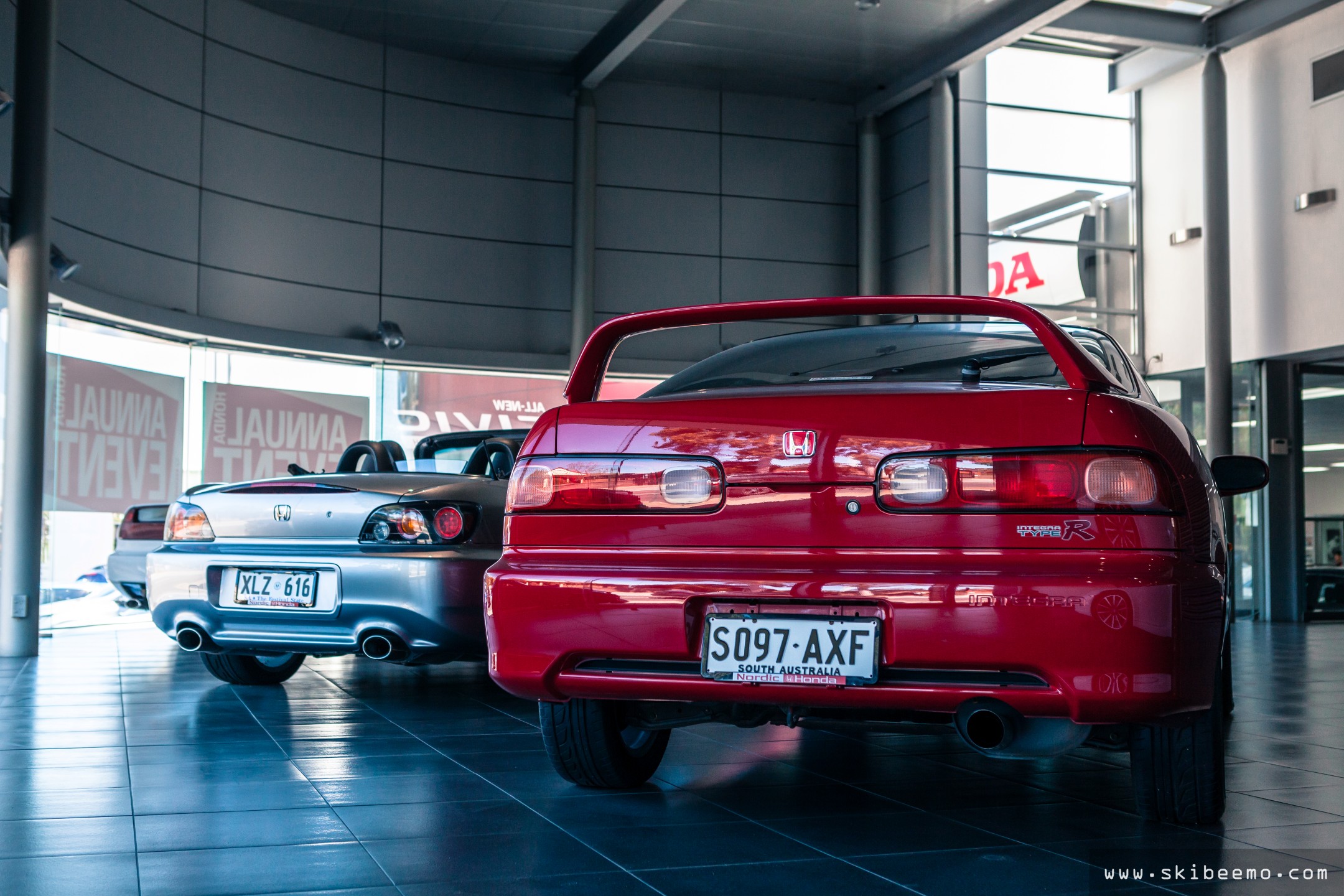
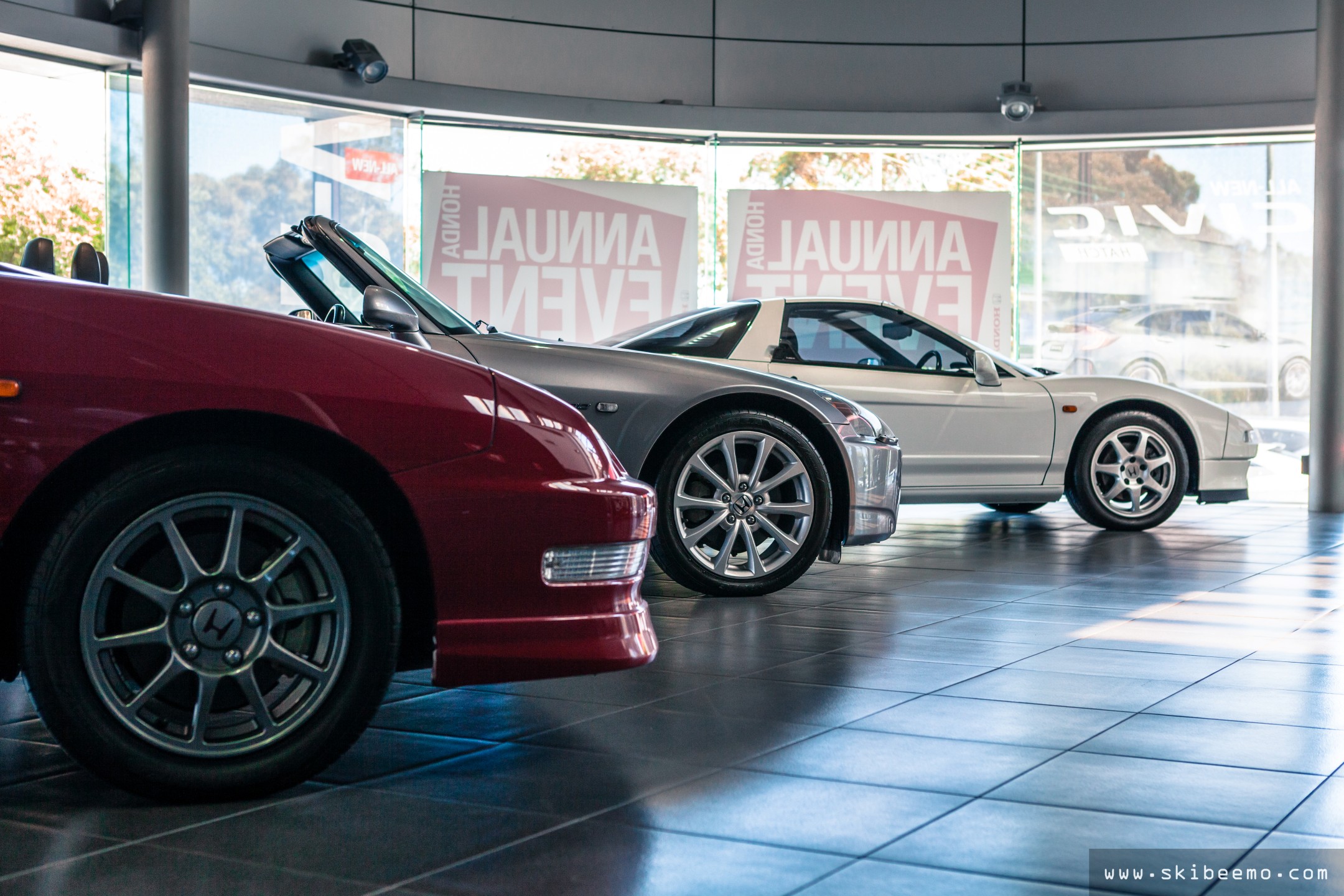

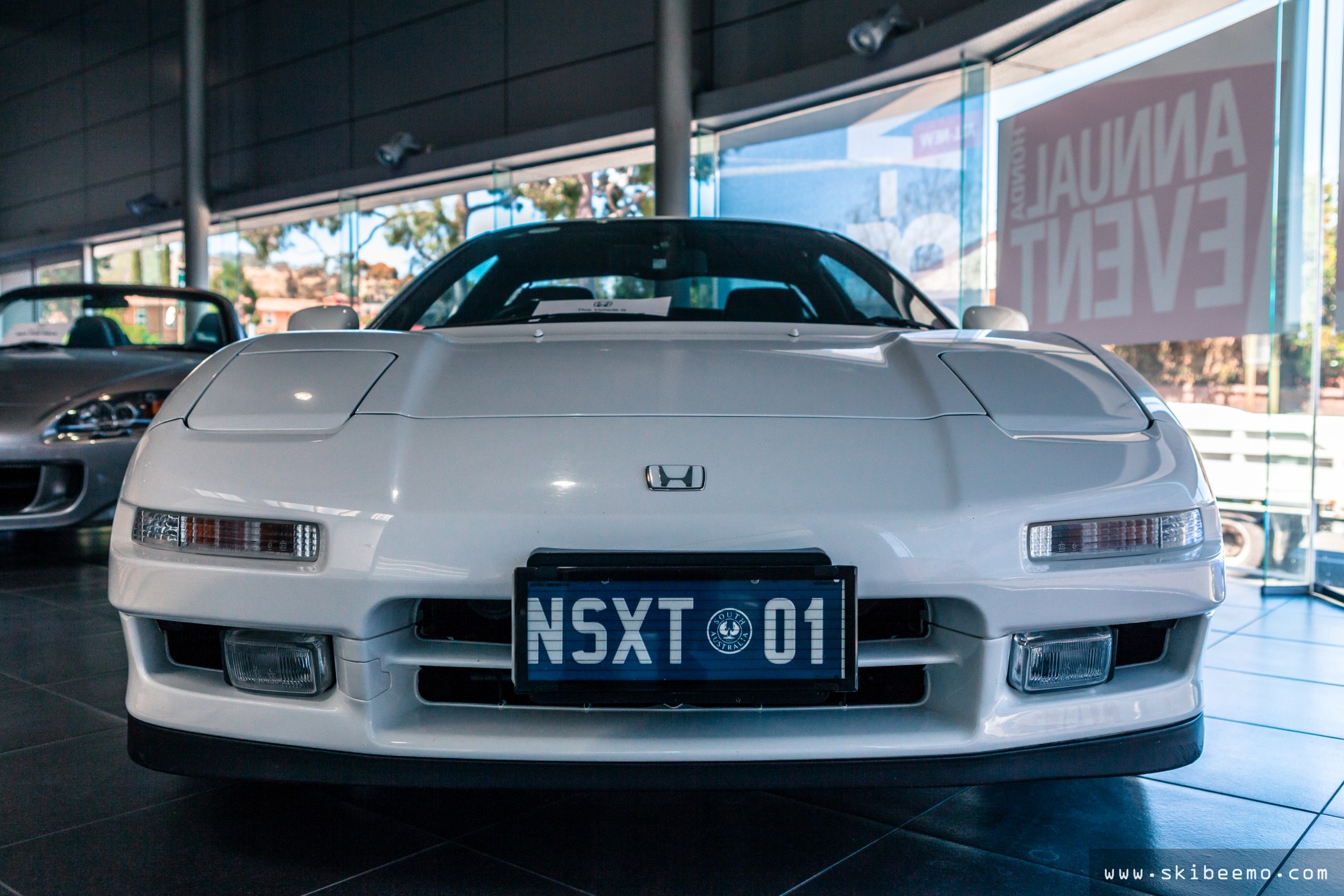
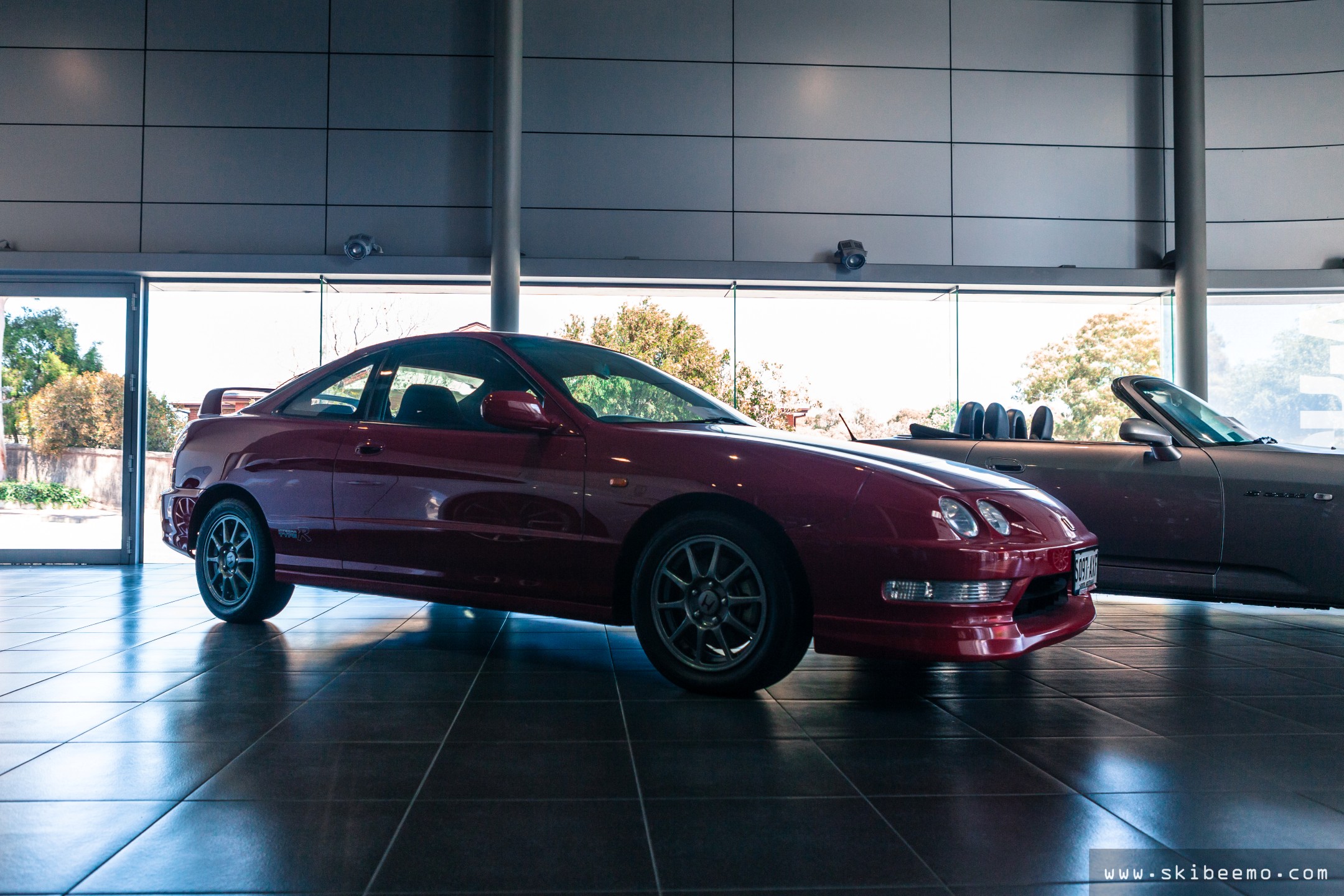
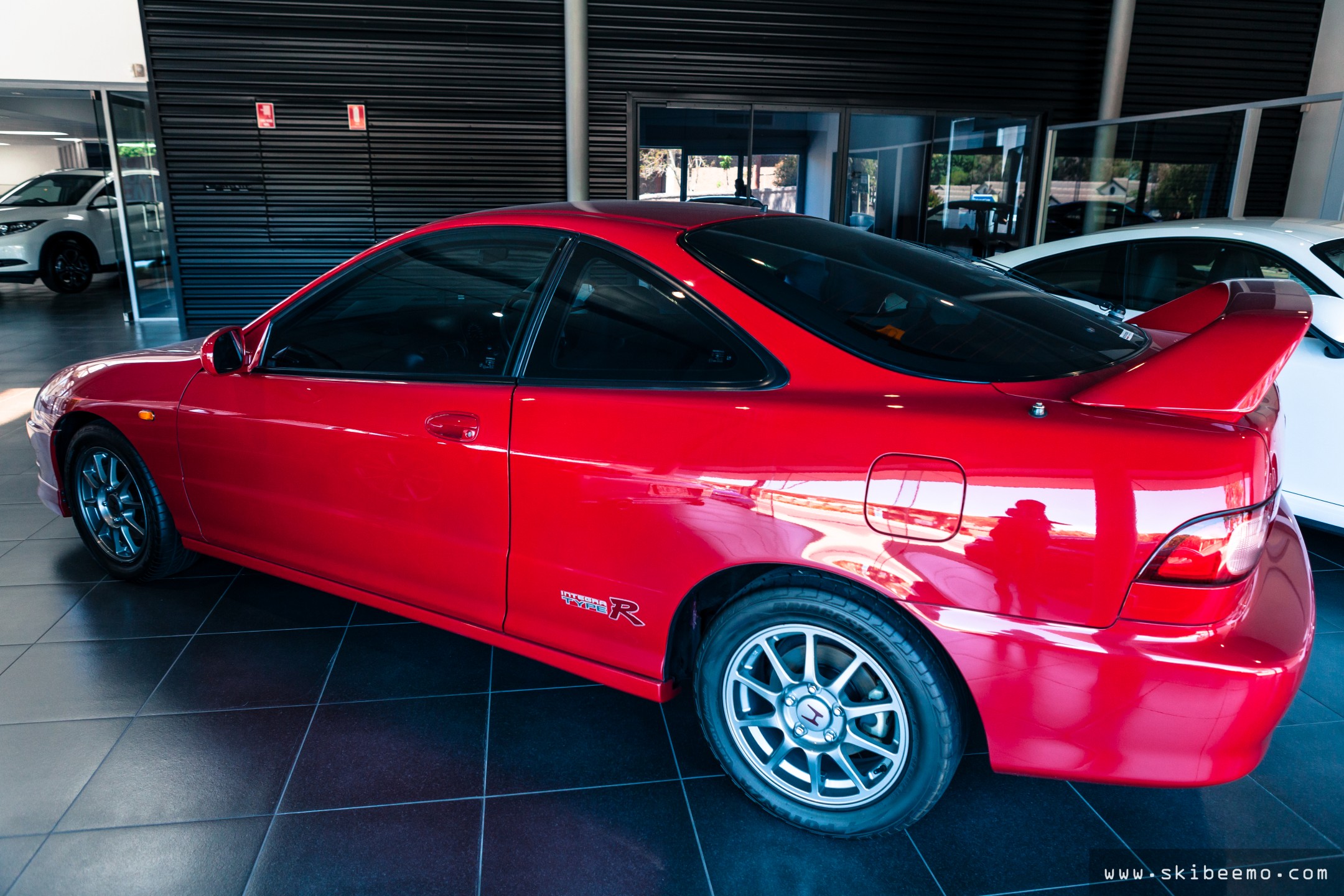

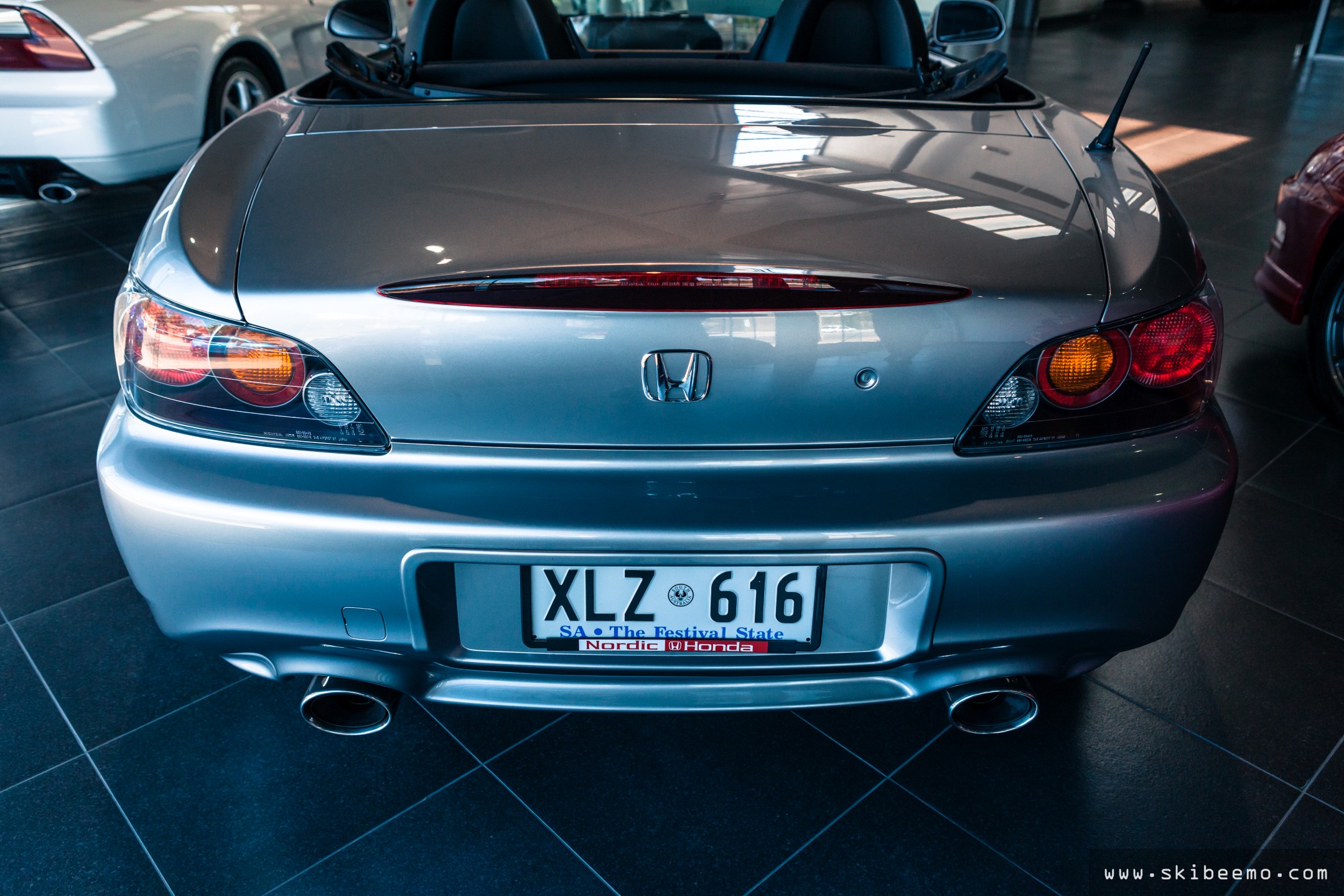
The 2017 Honda NSX and Civic Type R is Honda’s gunshot bang to the performance car world that they’re back in business. Prior to the release of both these models, Honda was criticised for losing their mojo. If you walked into a Japanese Honda dealership in the year 2000, there would’ve been an NSX, S2000, Prelude Type S, Integra Type R and Civic Type R sitting on the showroom, offering enthusiasts the option to purchase a performance car at all price points. Since the FN2 Civic Type R’s death in 2011, Honda didn’t offer a single performance car for sale in Australia (and no, the CR-Z is not a driver’s car). Thankfully, Honda is now showing signs of a global comeback with the second-generation NSX and FK8 Civic Type R. With minimal doubt – I can attest that history will probably repeat itself as these two particular models are likely to go down as cult classics in a decade or two to come.
![]()
